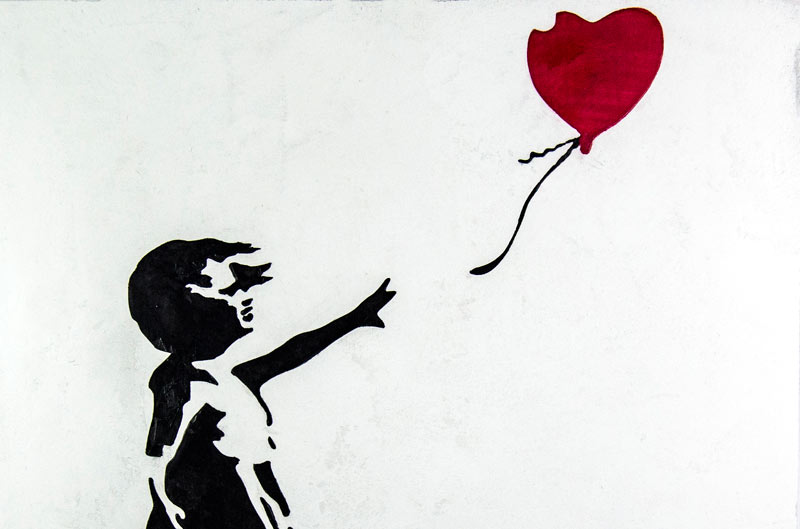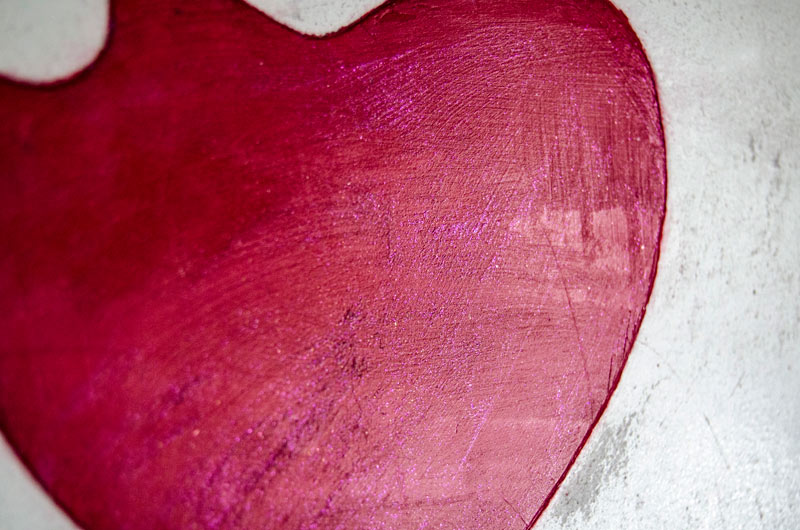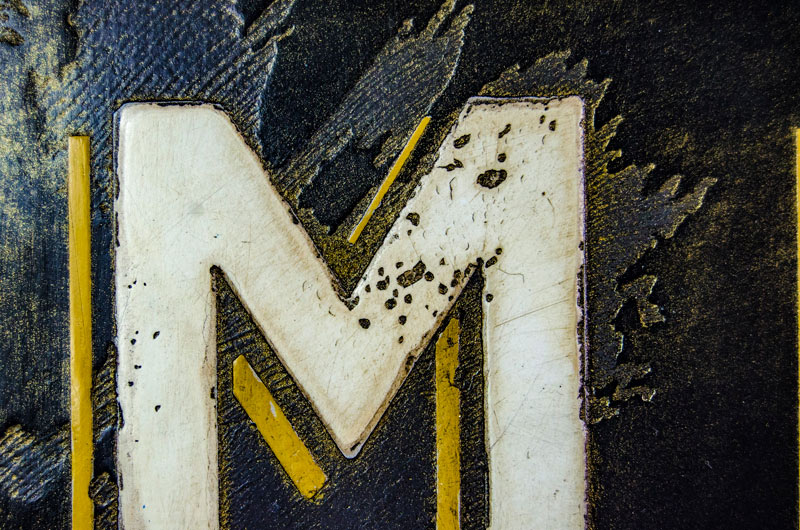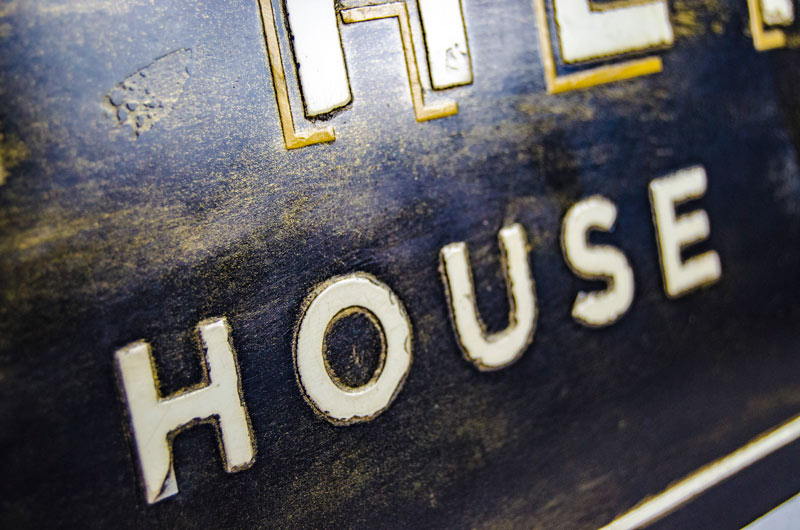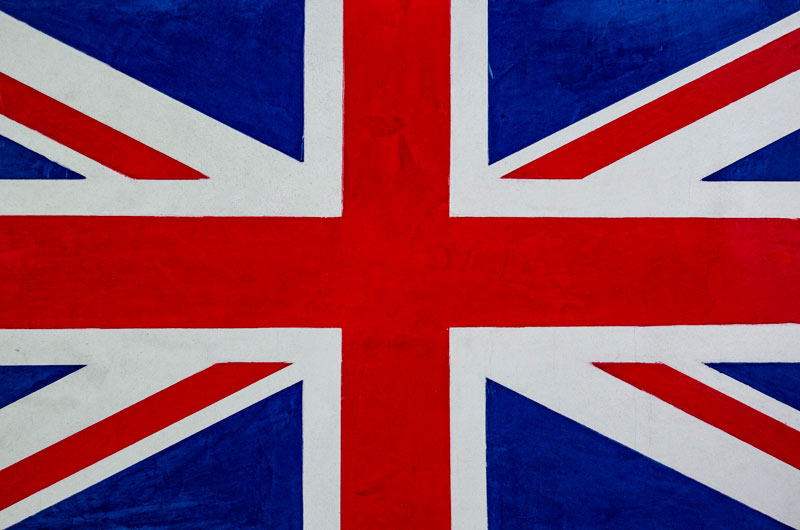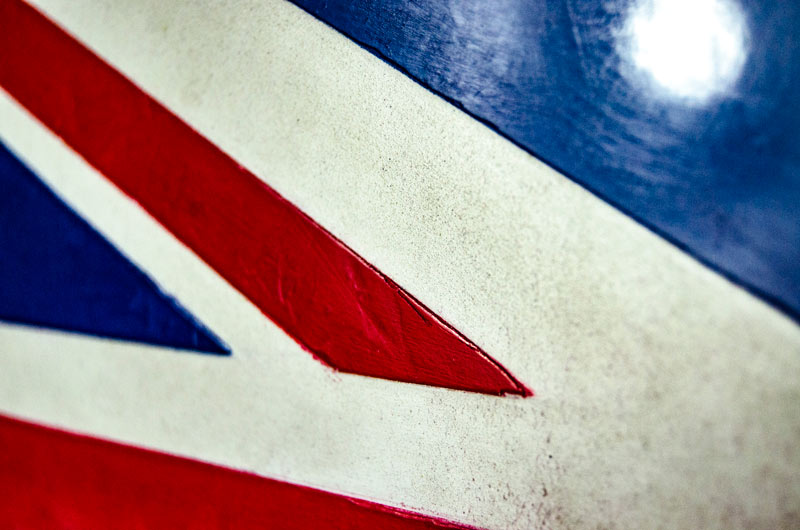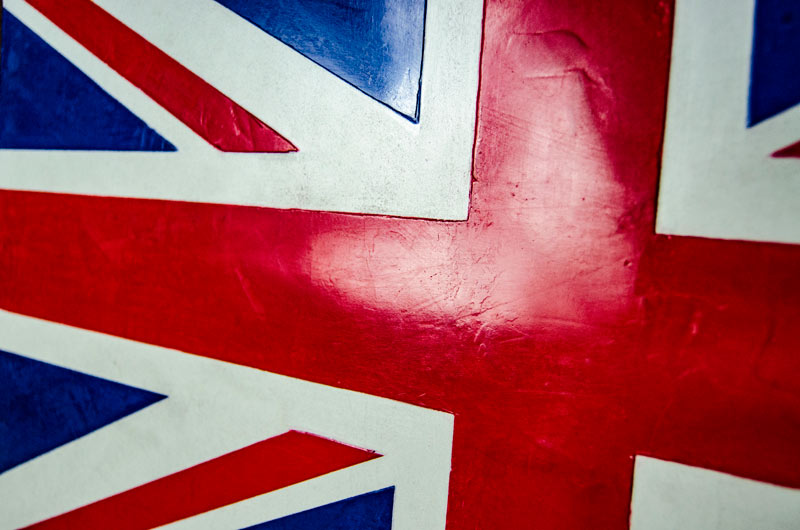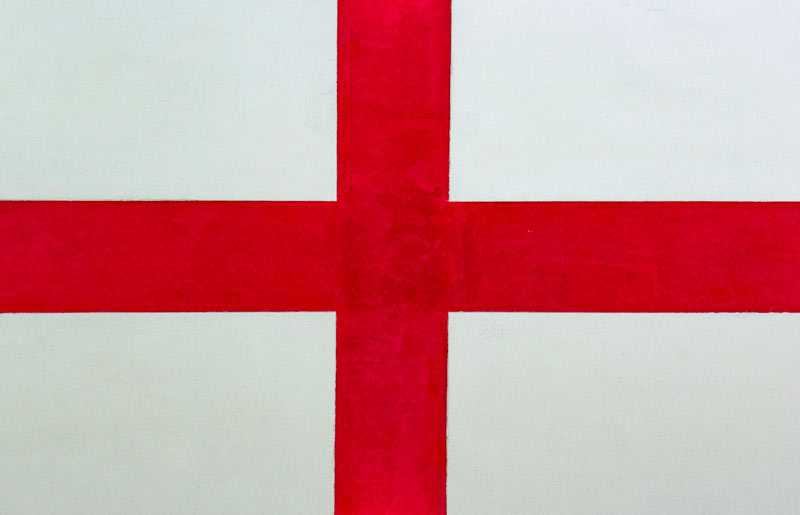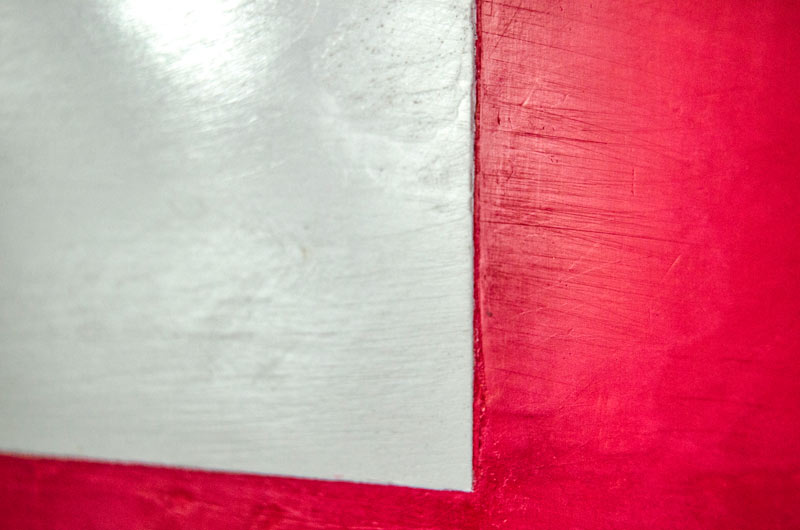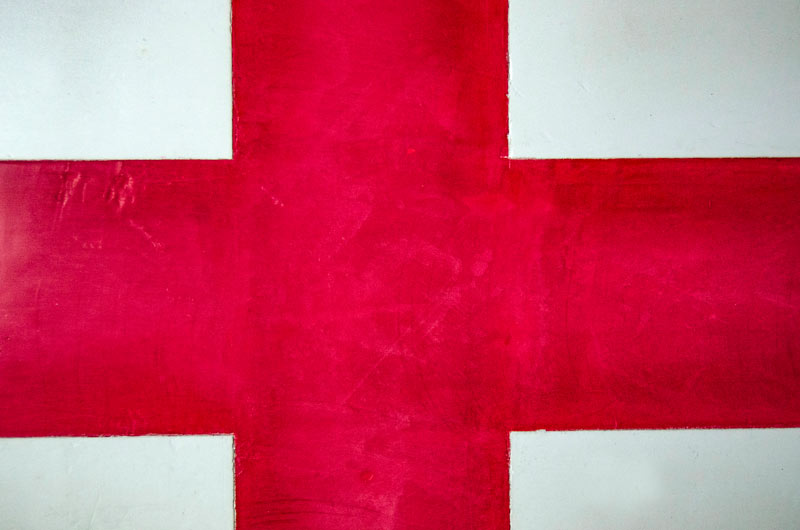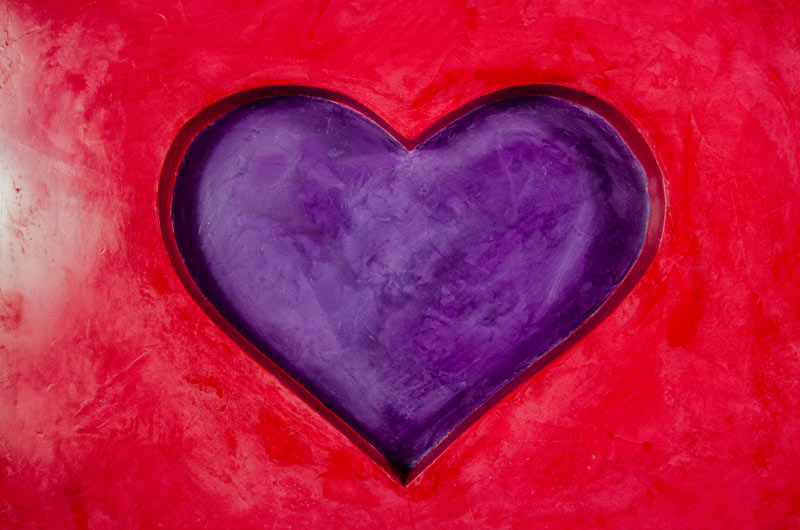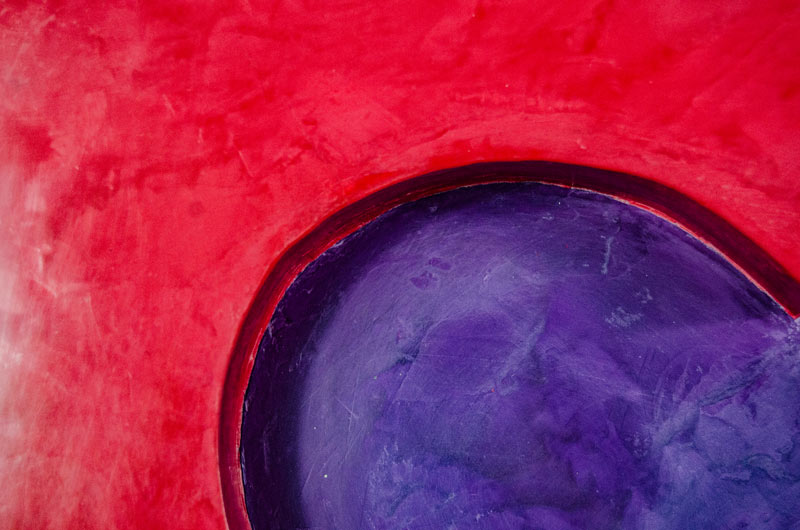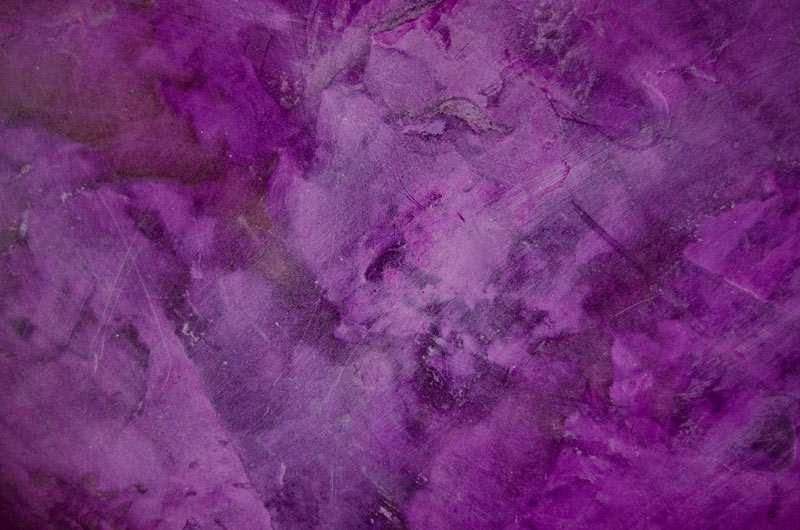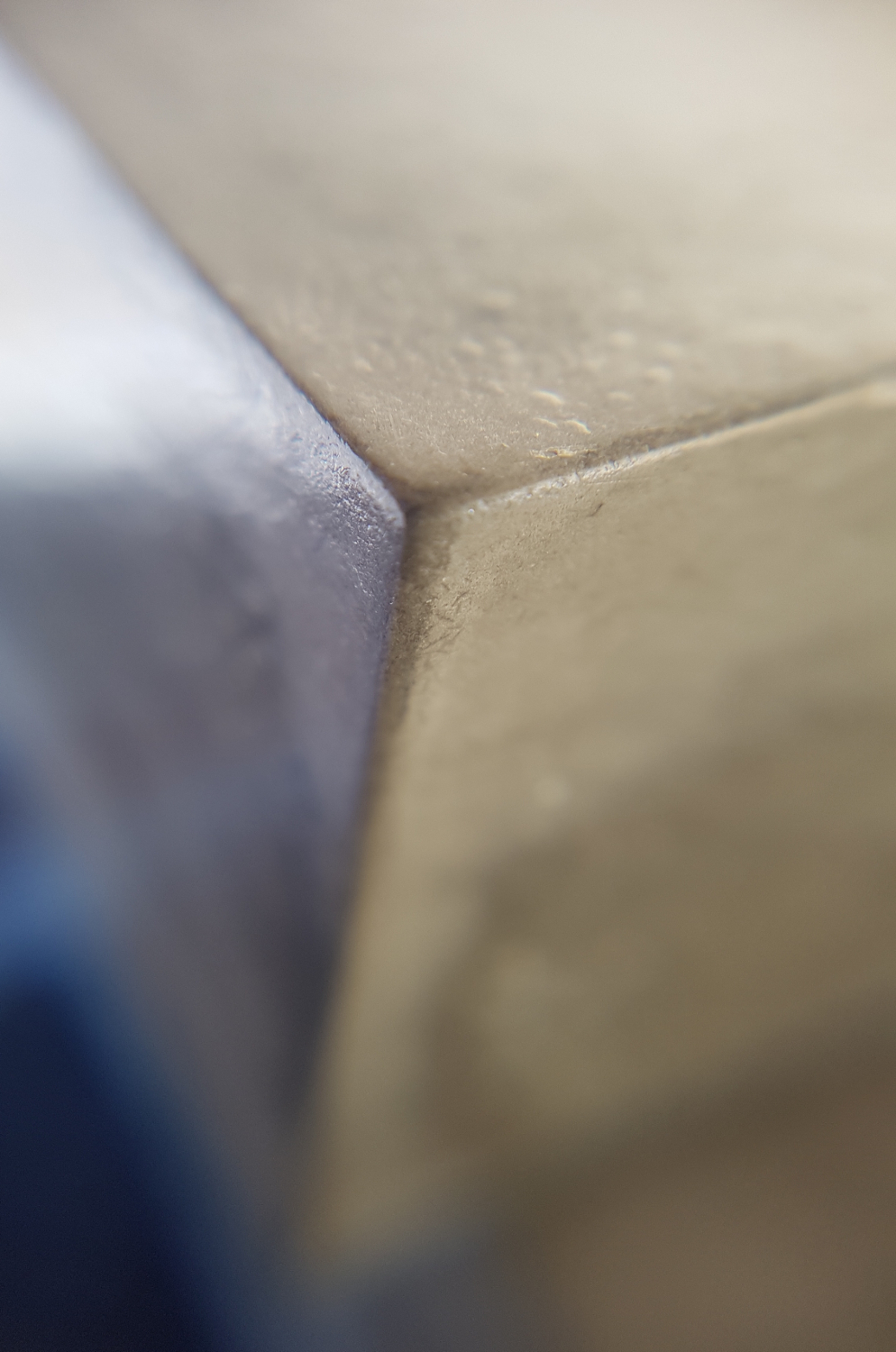









TEXTURE, FINISH & DECORATION
TEXTURE, FINISH & DECORATION
Venetian/polished plaster is generally one of 2 things; smooth or textured, and can be used on both walls and ceilings.
Depending on plaster choice, it can be great for full rooms, feature walls, kitchen splashbacks, bathrooms, wet rooms and, less commonly in the UK, exteriors. There are 4 main lime-based Venetian plasters. The names may be slightly different, depending on manufacturer, but the categories based on grain size are generally the same.
All alkaline lime-based plasters have a very low VOC level, low dirt retention, are breathable, antibacterial, naturally mould/algae resistant and, when unprotected by water proofers, they can help control humidity by absorbing and releasing water.
Once the plaster is completely cured over a few weeks , it completes its cycle and returns into limestone, thus turning the feature into a real stone wall.

Stucco
Stucco
Stucco is the finest grained plaster, made from hydraulic lime putty mixed with fine marble dust/powder.
It can only be used indoors and is not really recommended for use in wet areas due to its high permeability - although all the water it lets in it also releases back out, if applied onto waterproof backing.
High gloss, vitreous finishes can be created with Stuccos.

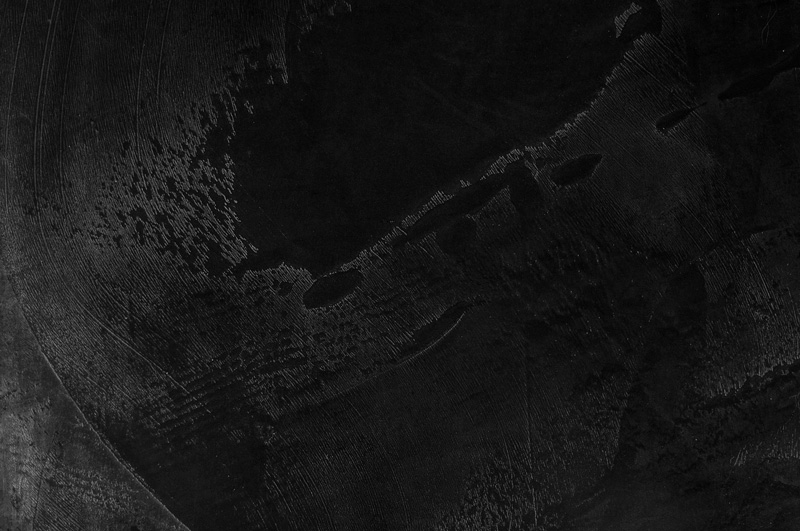

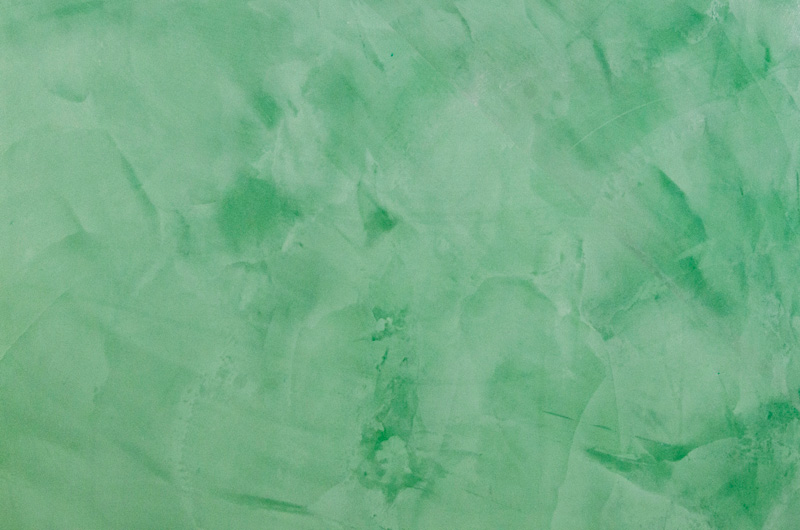
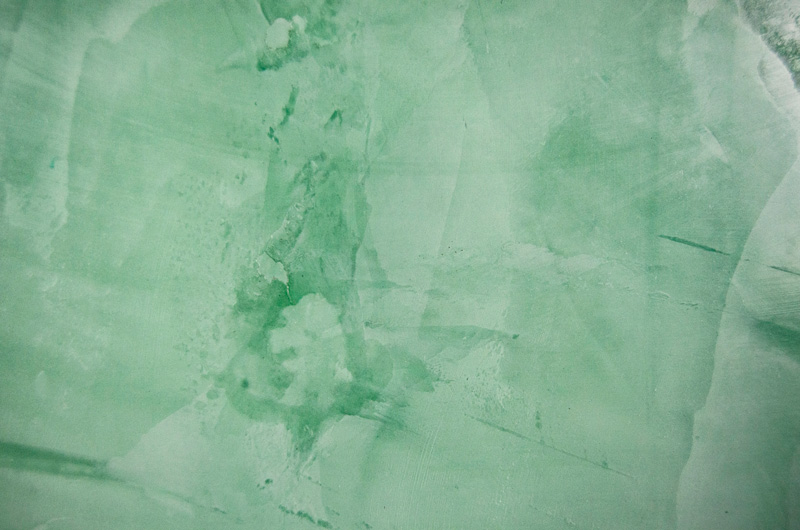
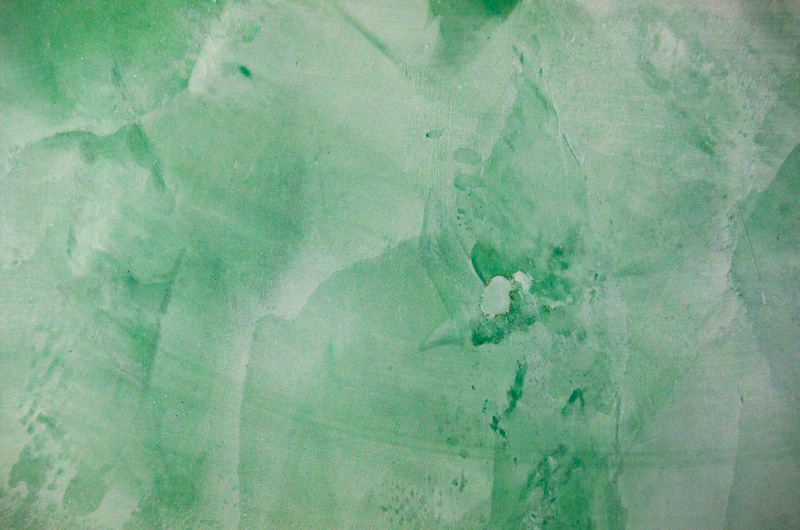


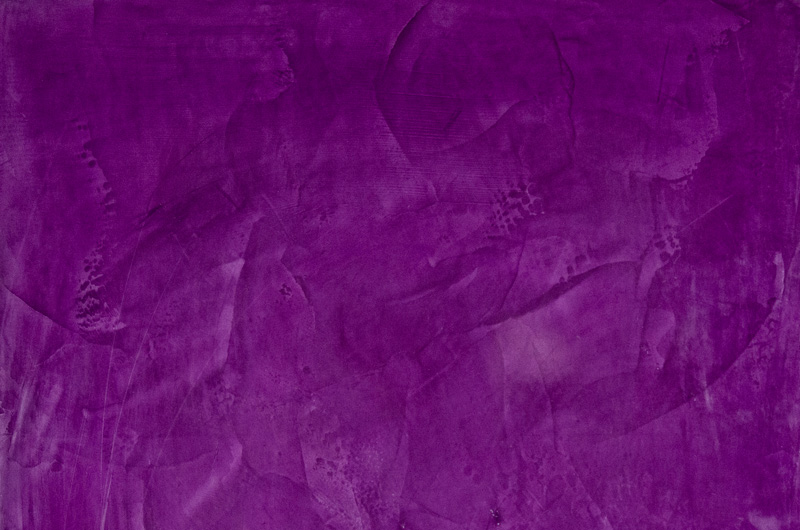
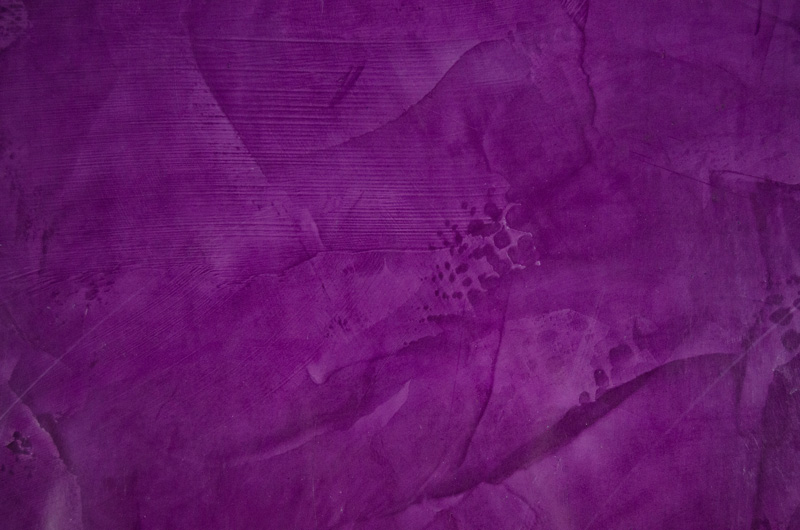

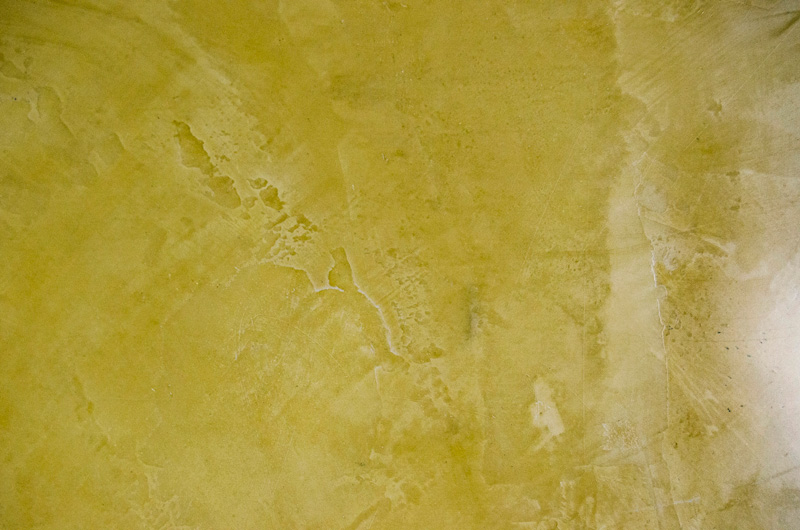

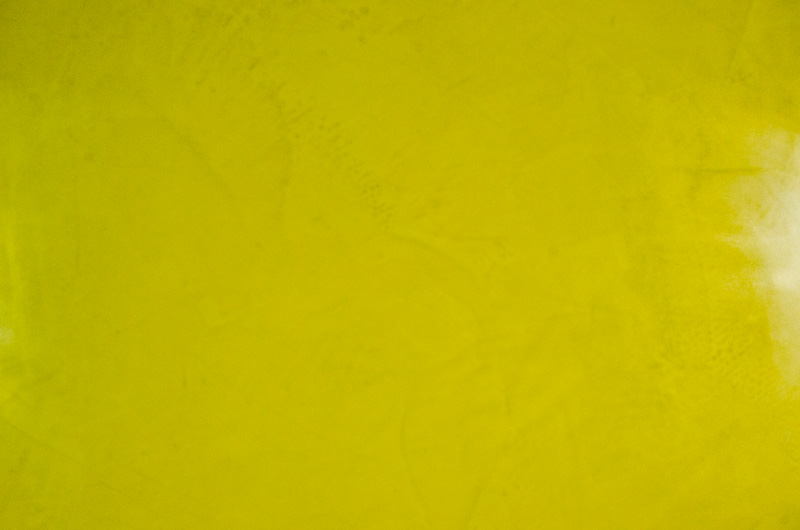
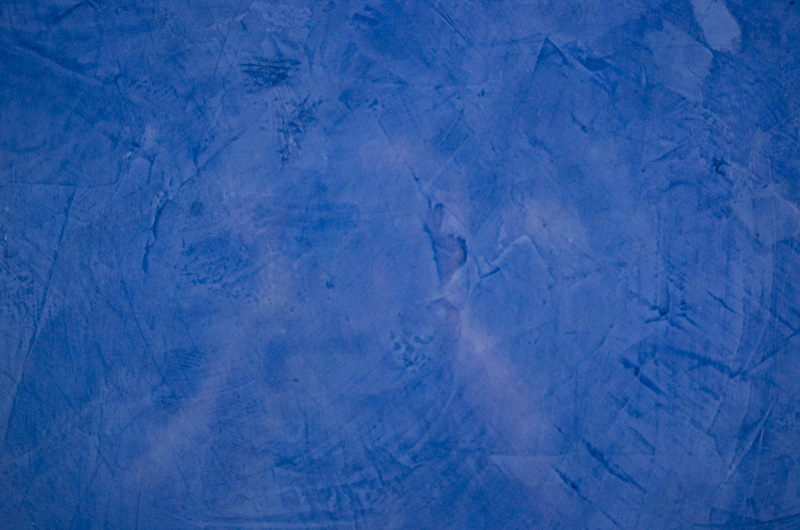
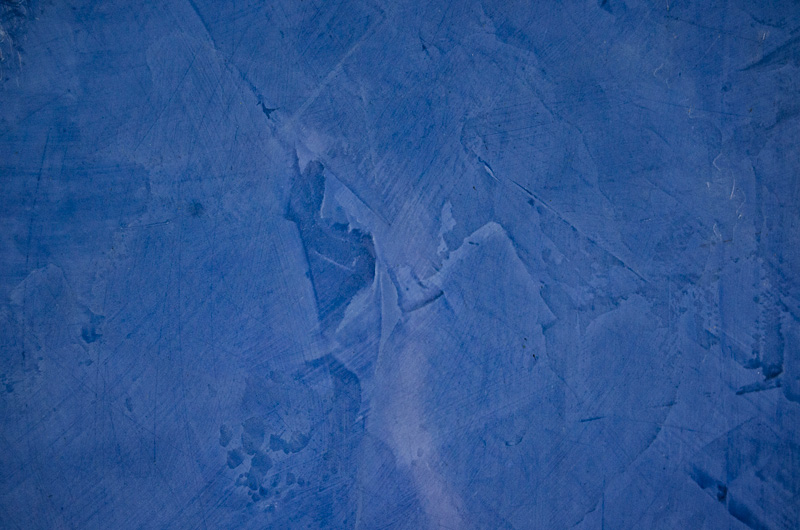
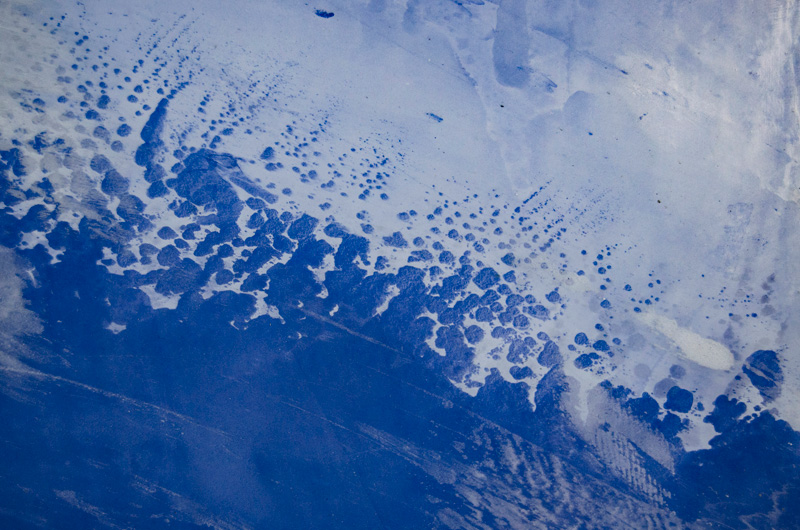

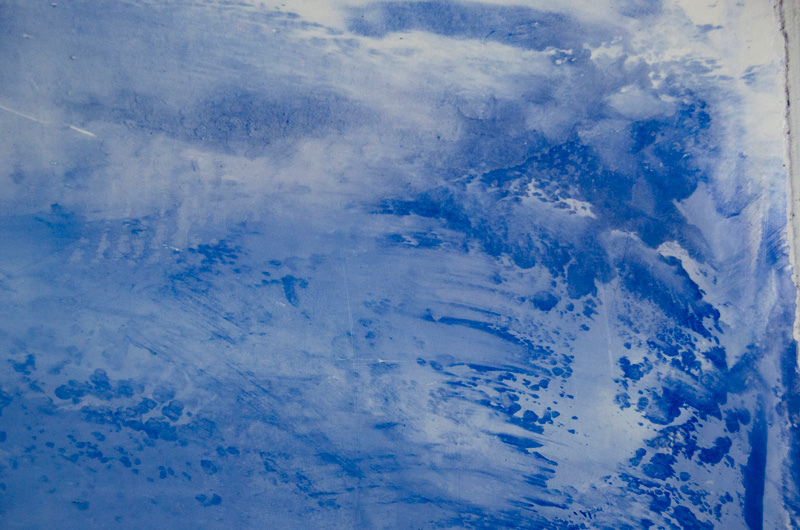
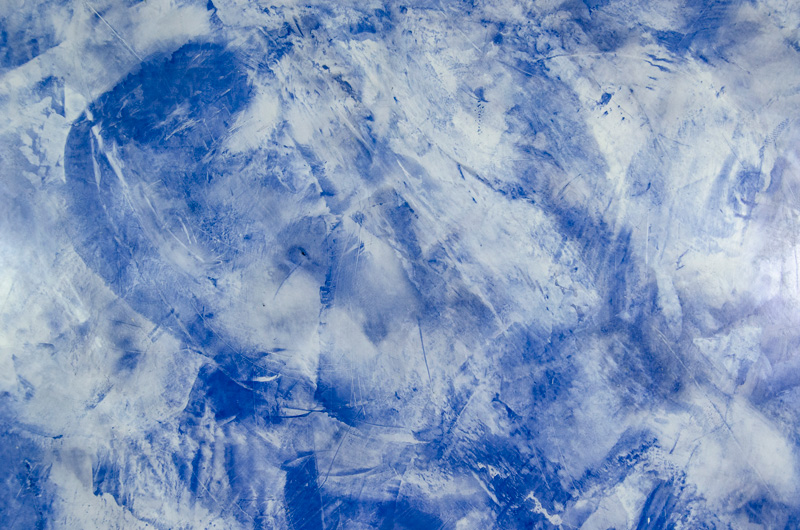
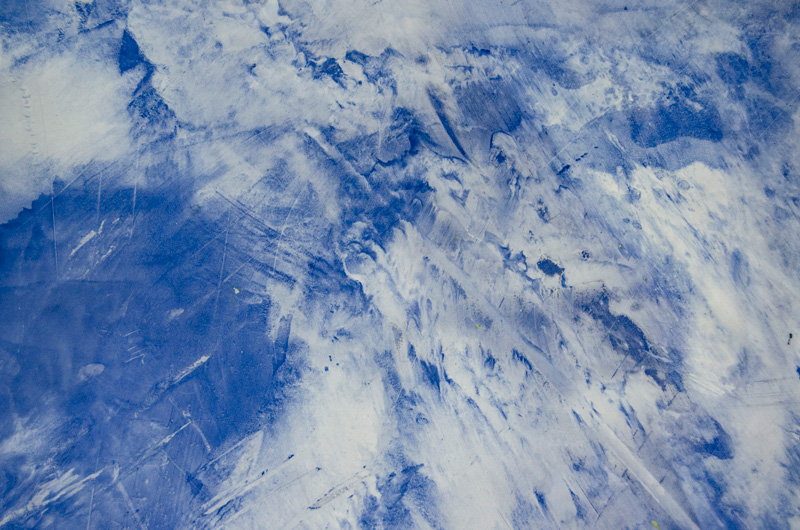
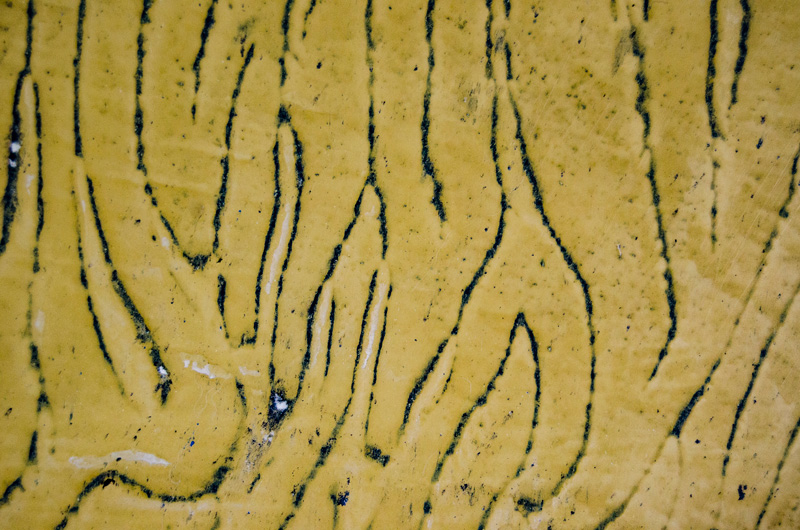
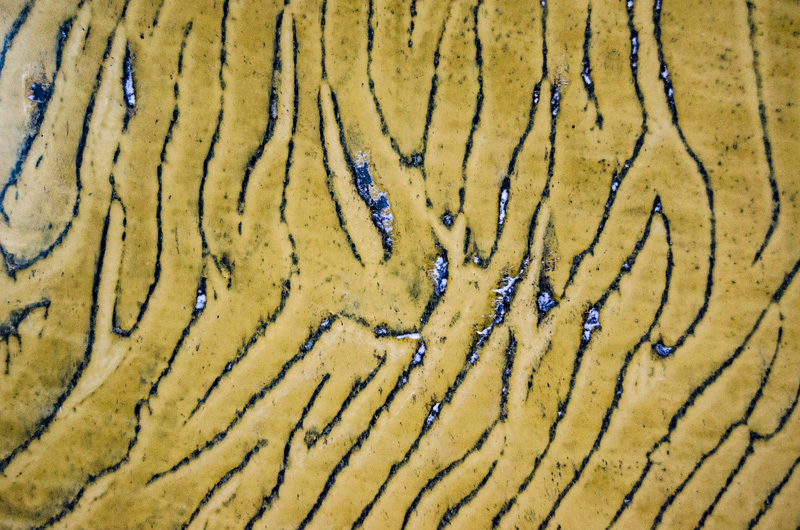

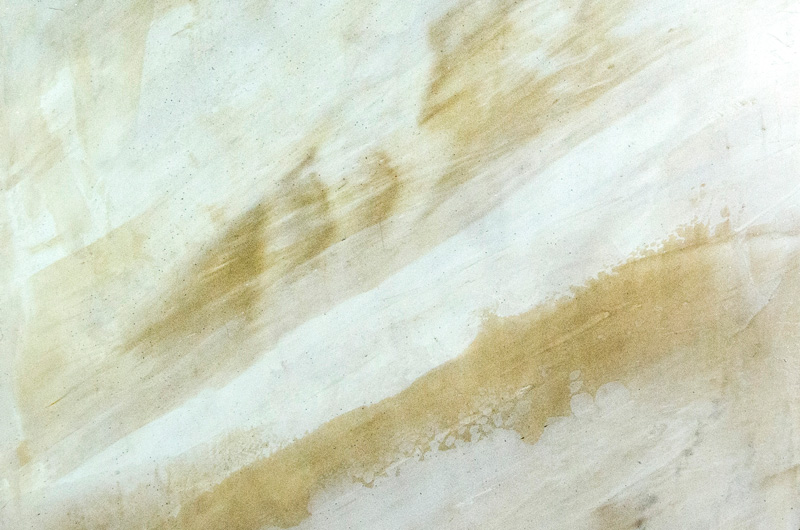
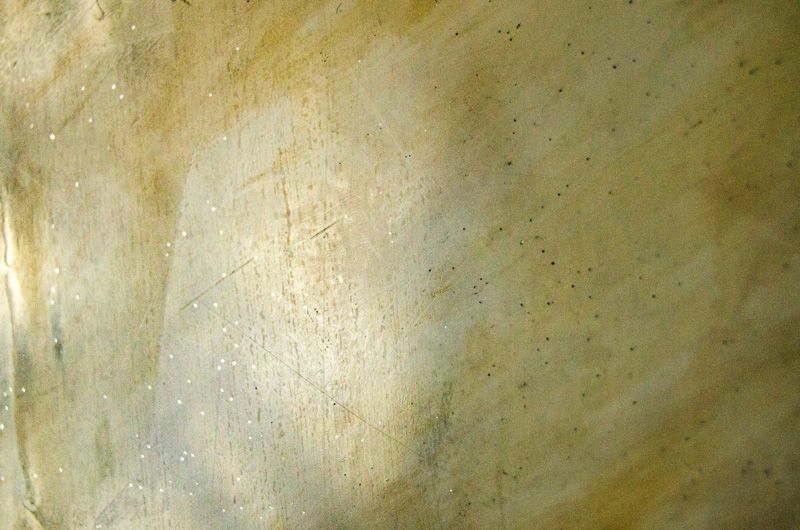


Marmorino
Marmorino
Marmorino means 'Little Marble' and grains range from 0.2mm up to 0.8mm.
Marmorino is much harder wearing due to its larger/stronger grain size. Marmorino is also porous but can be sealed to be used both indoors for bathrooms/wet rooms/kitchen areas and outdoors to create smooth marble-like or textured effects. Not as mirror-like as Stucco but a moderately glossy finish can still be created.
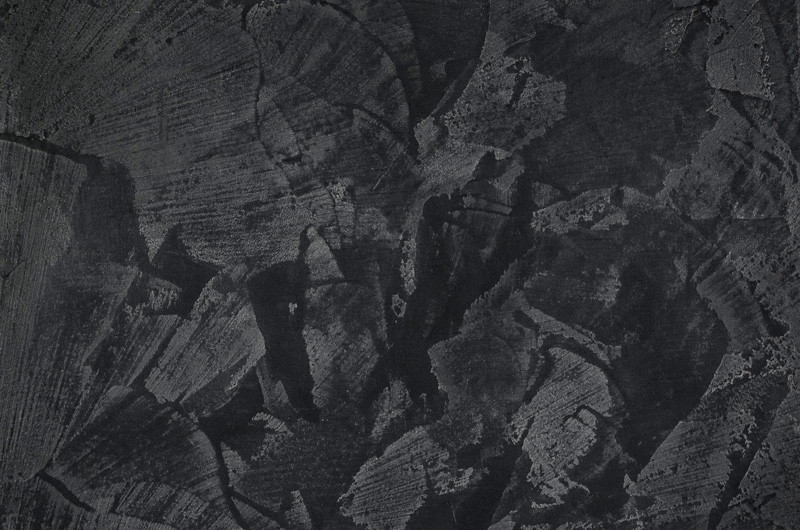
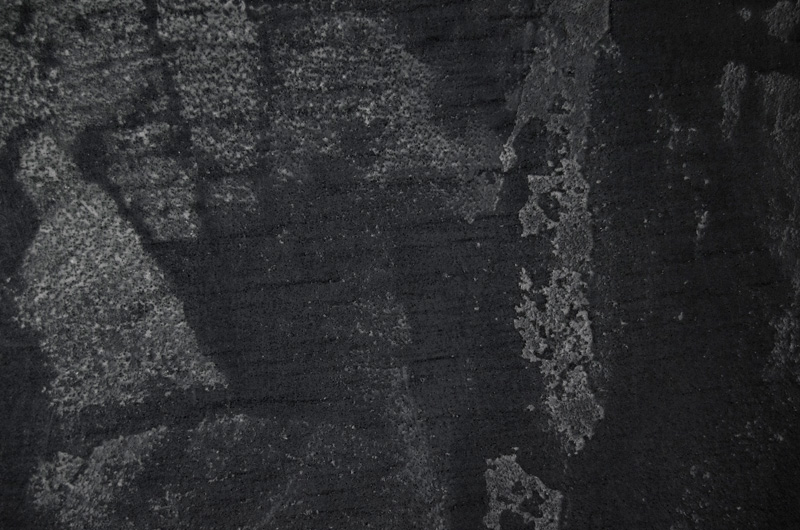
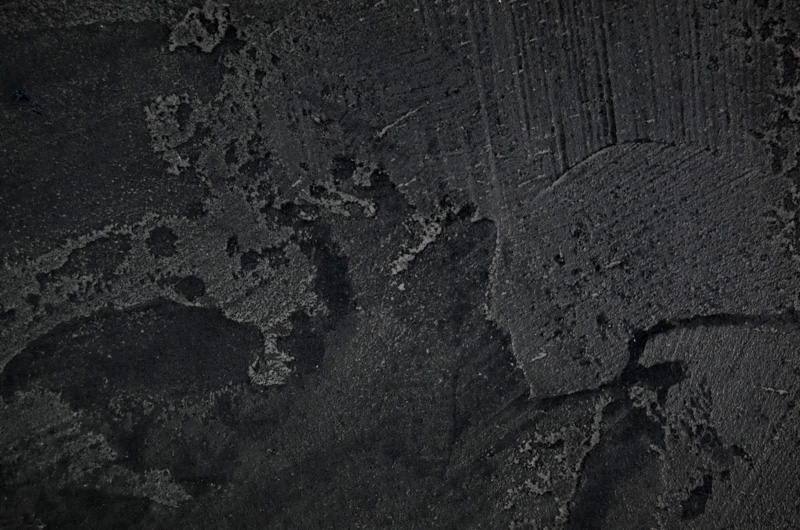
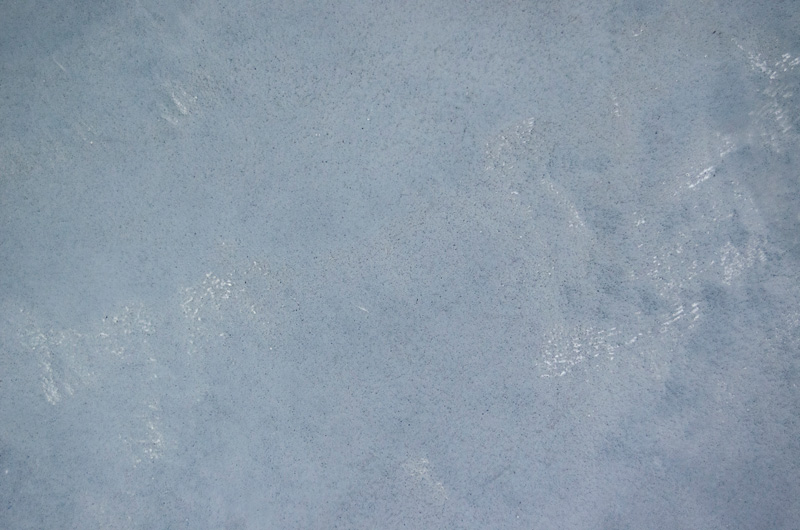
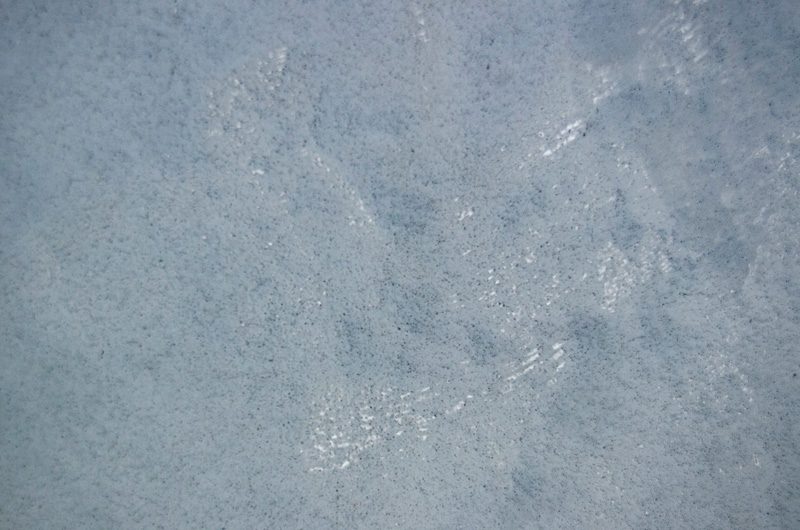
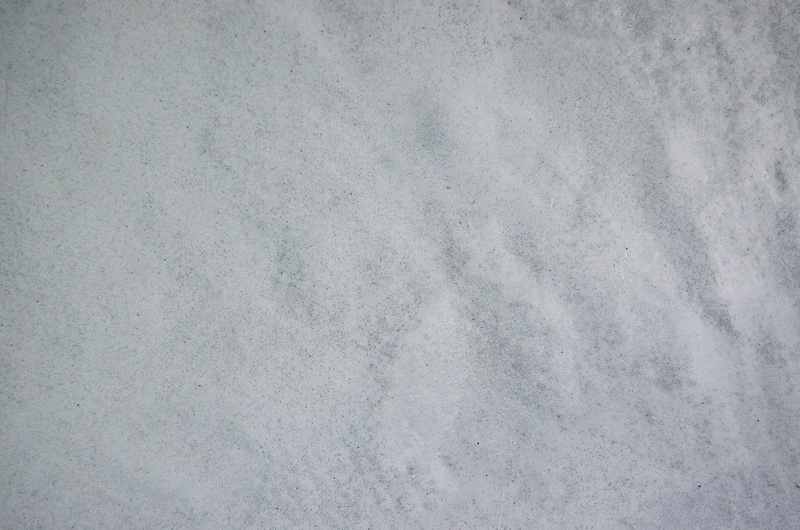

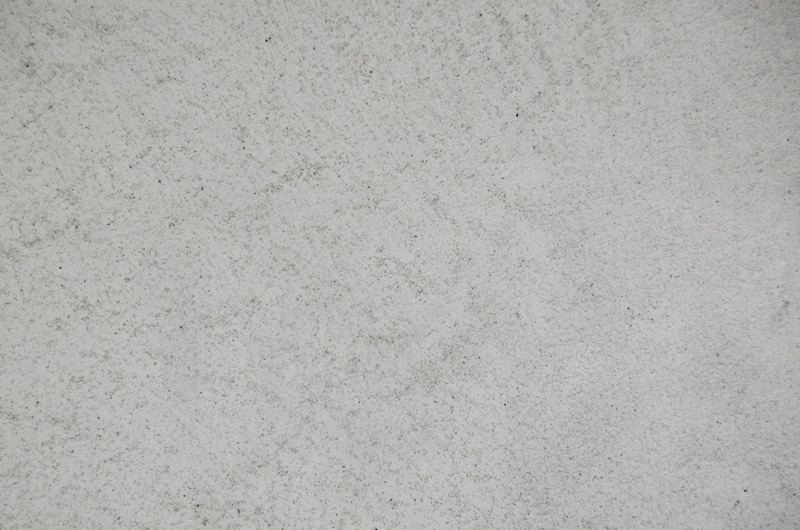

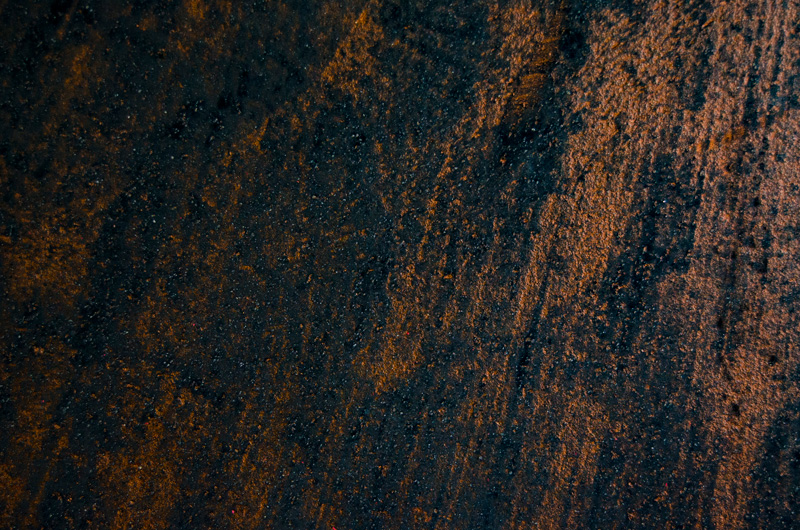
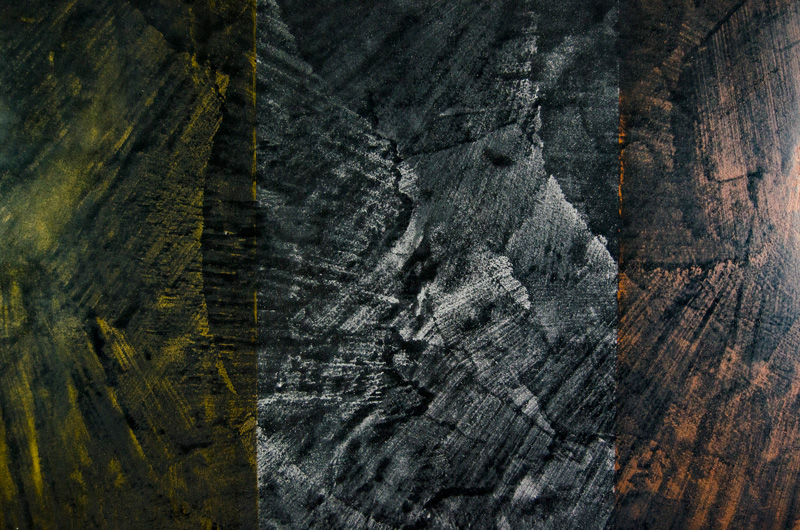
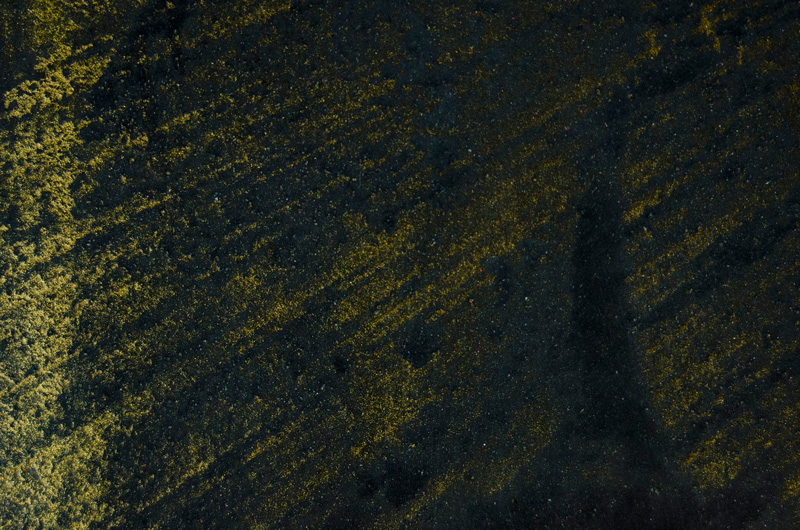
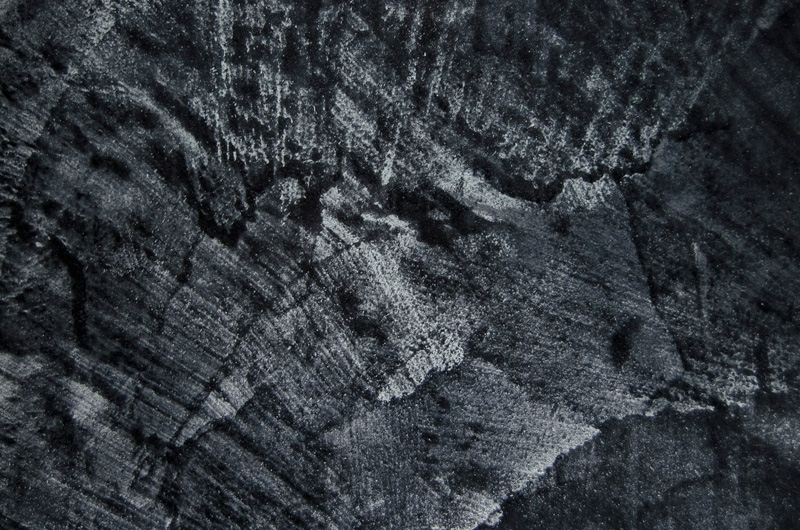
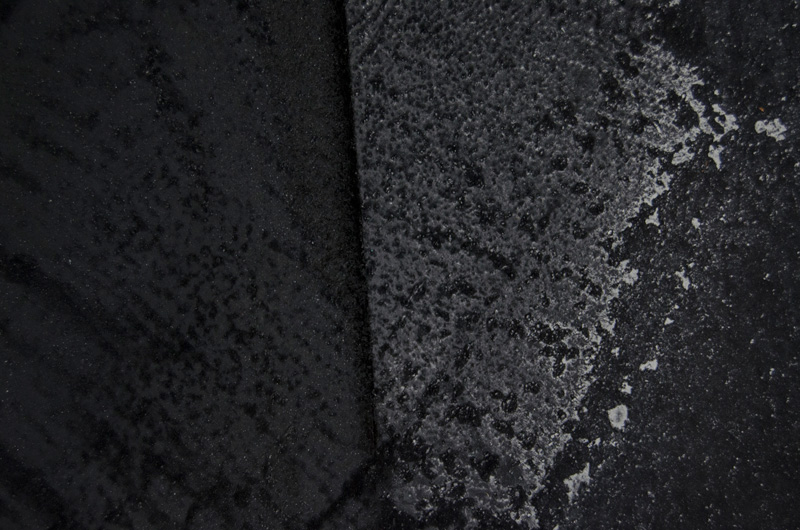
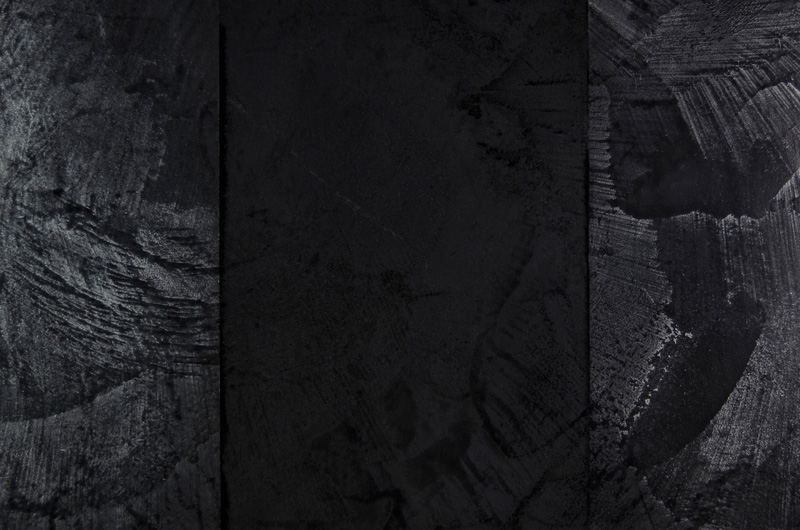
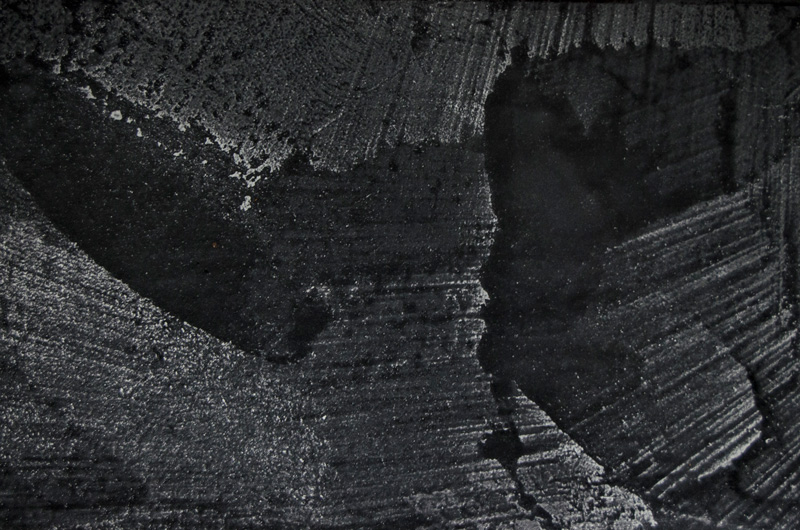
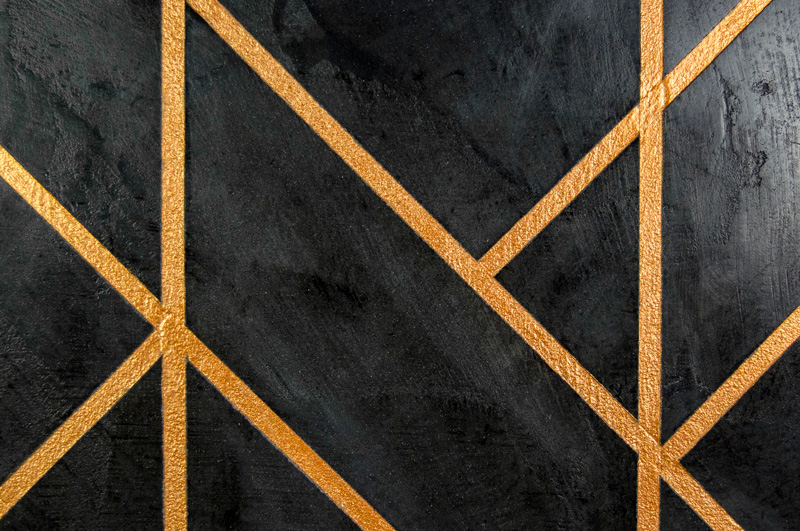
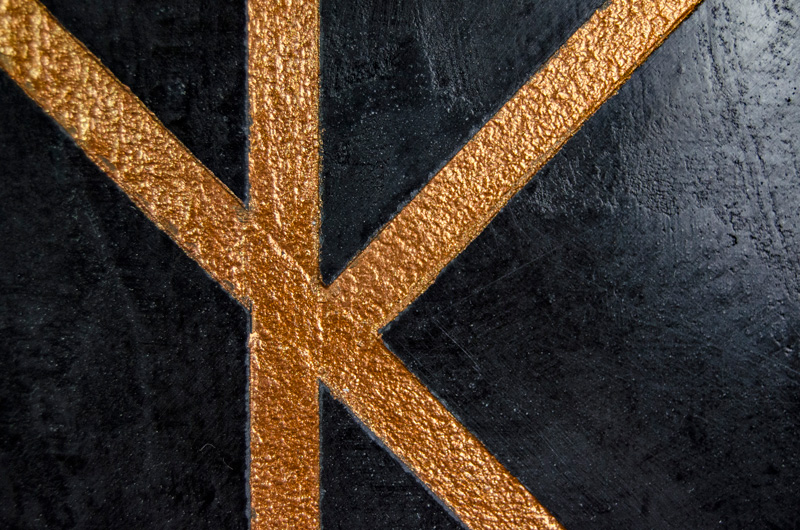
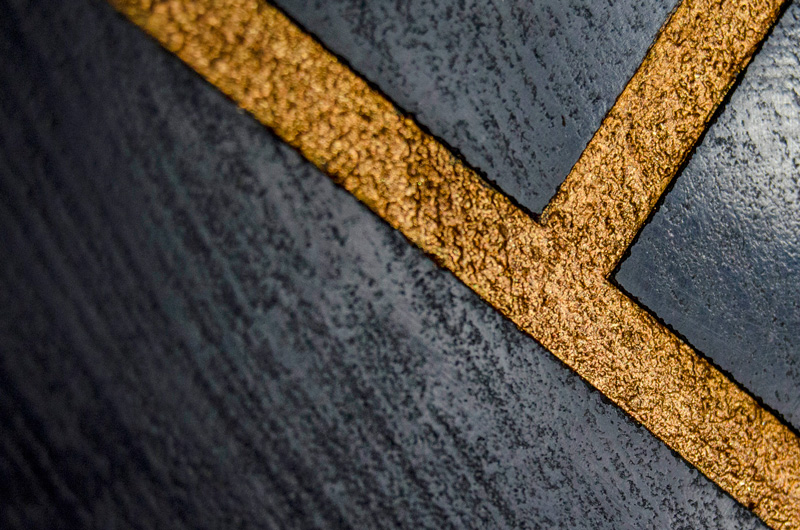
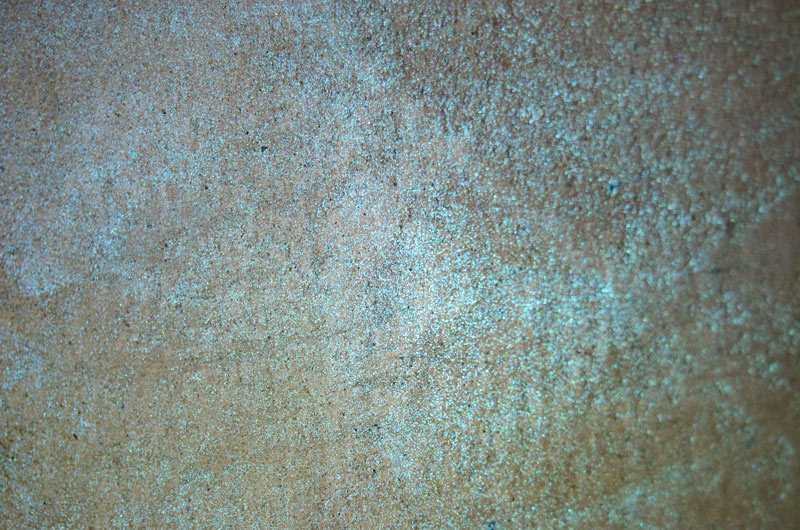
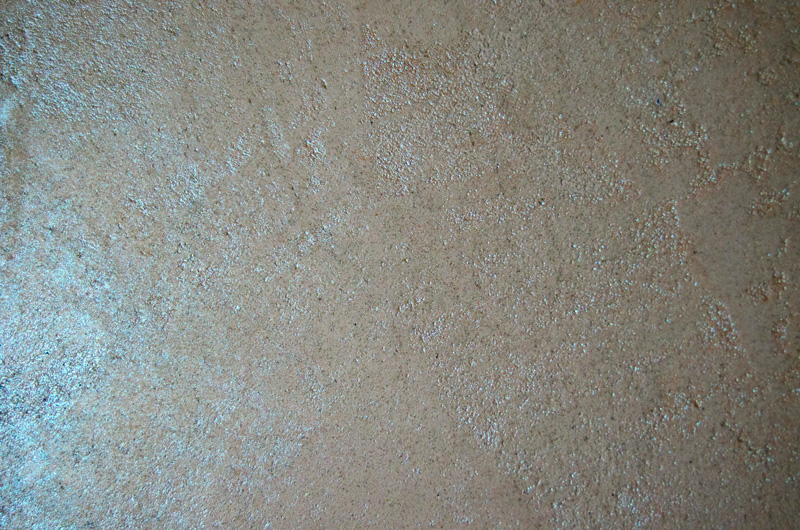


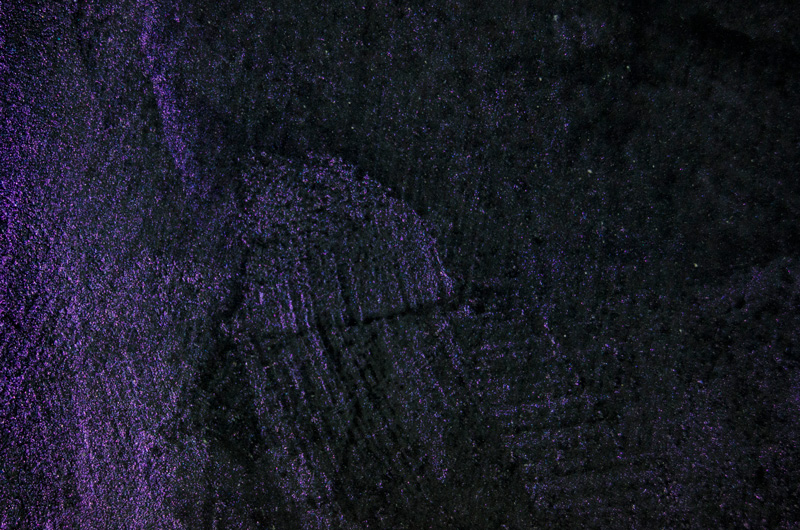
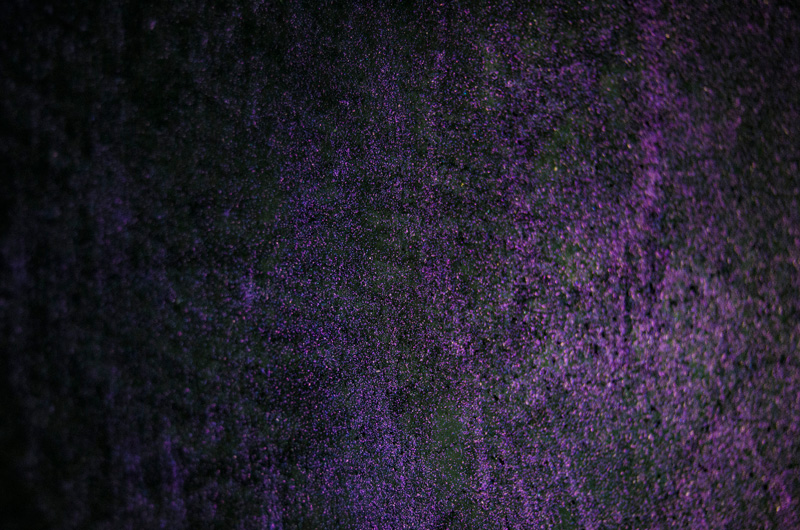
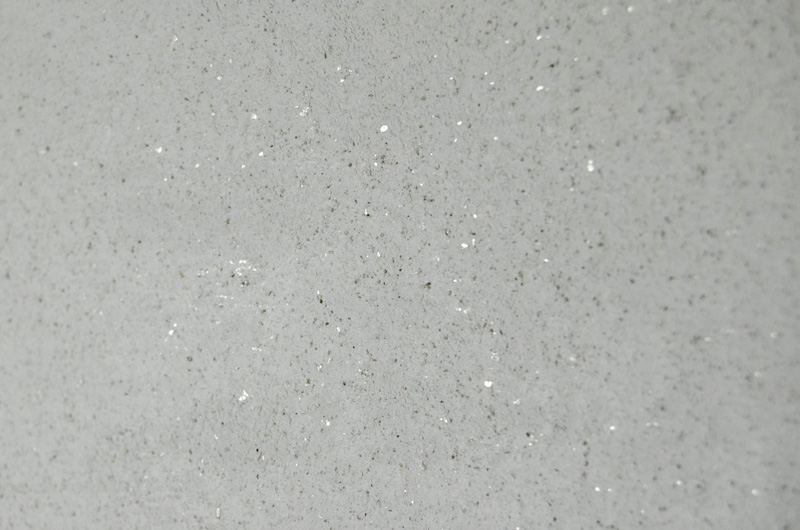
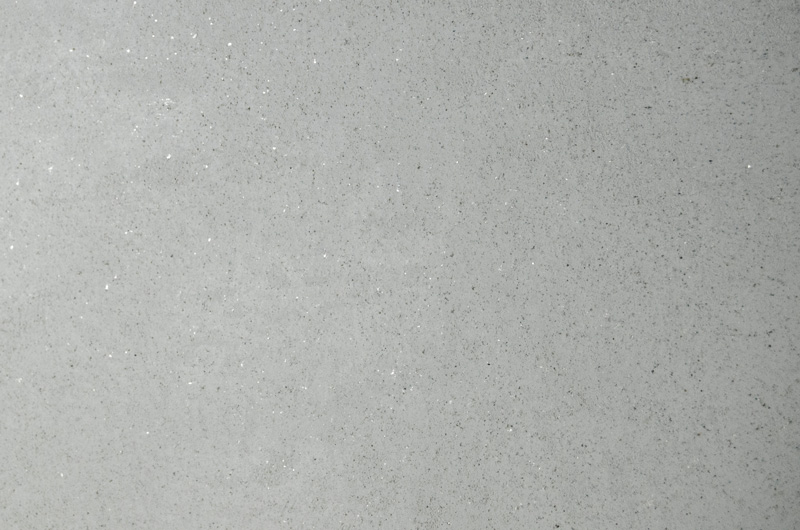


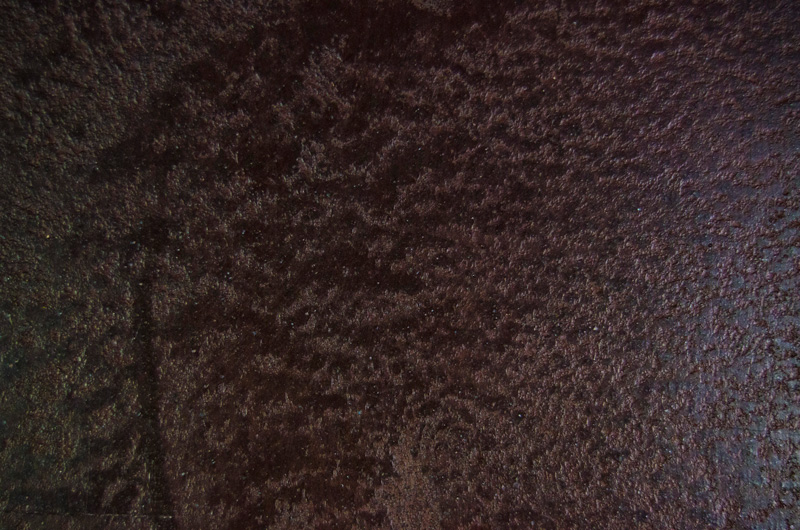
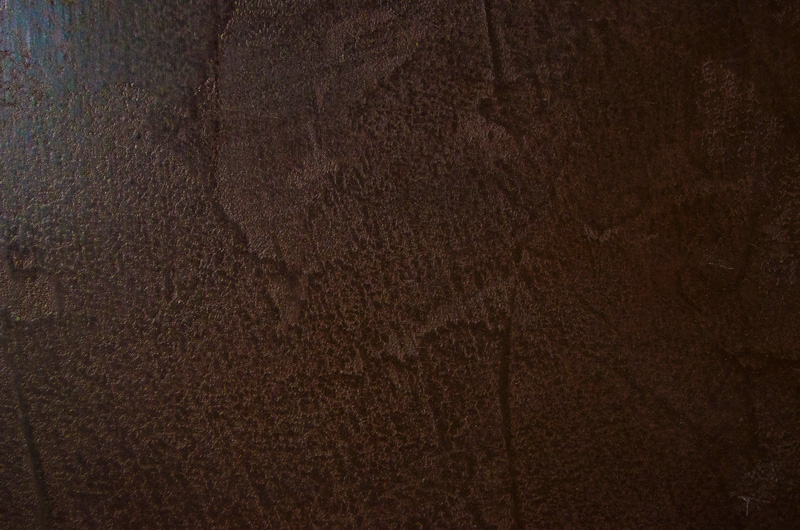
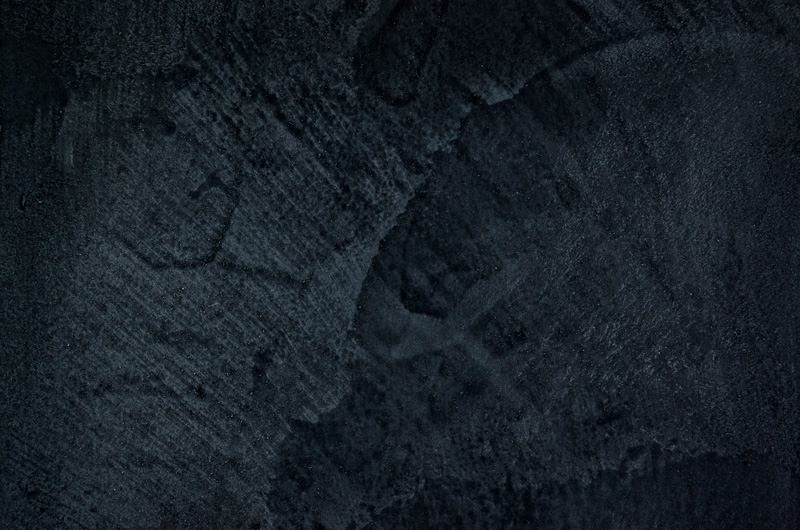
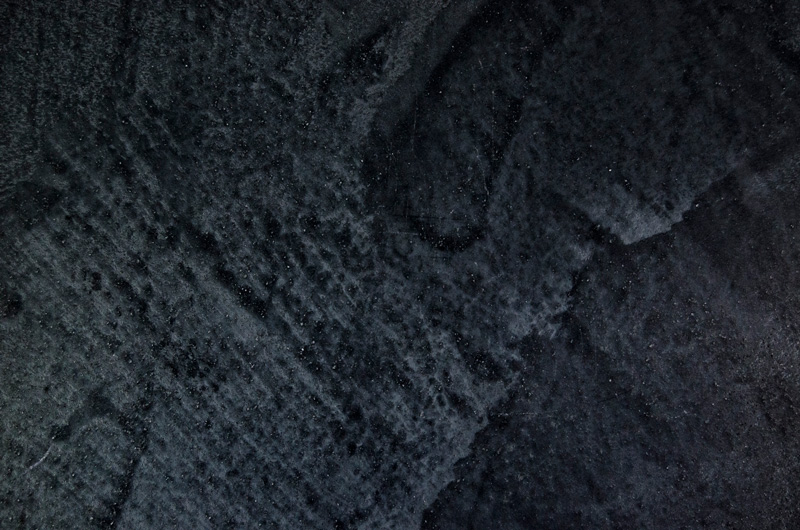
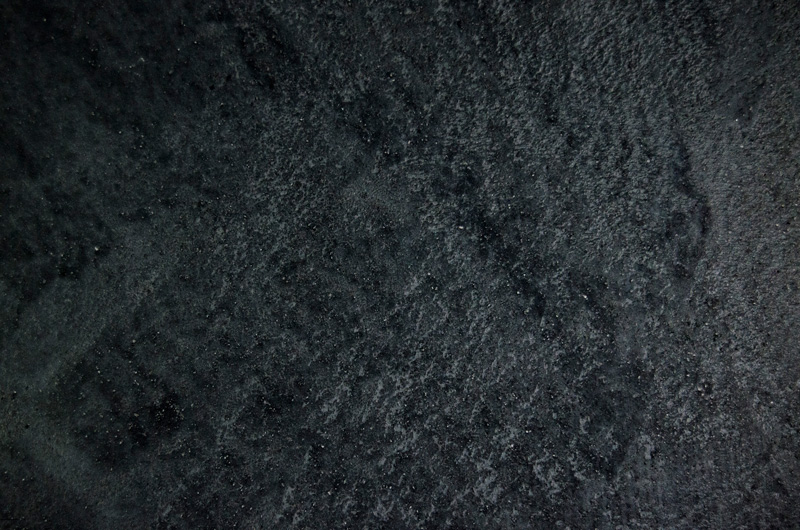

Textured Marmorino
Textured Marmorino
Great depth can be achieved with larger grain plasters or plasters mixed with horse hair, which are very suitable to slate, stone or brick effects. Animal skin rollers like crocodile, snake skin, zebra, cheetah and also wood grain can be used for various textured or multi-tone effects.
Marmorino's can be tinted with coloured dust/marble grit, gold/silver/bronze flakes or even glitter.
Metallic, iridescent, oxidised or pearlescent waxes, colour washes or paints can be used to give the final touch to any feature.
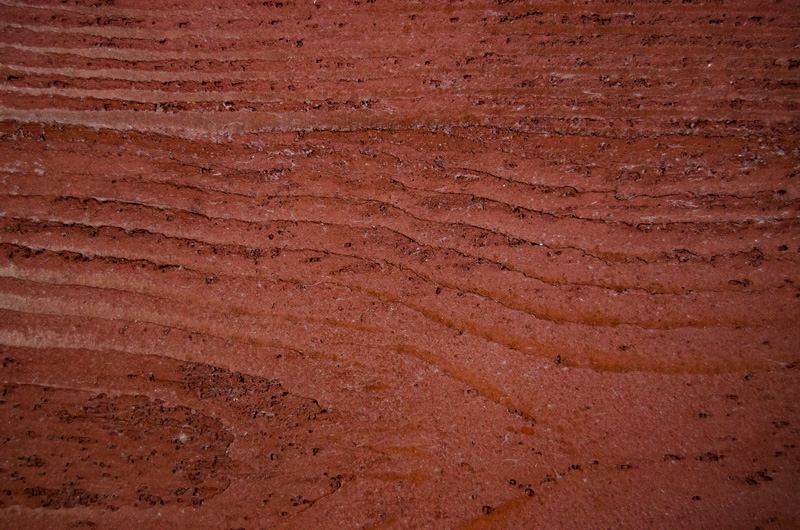
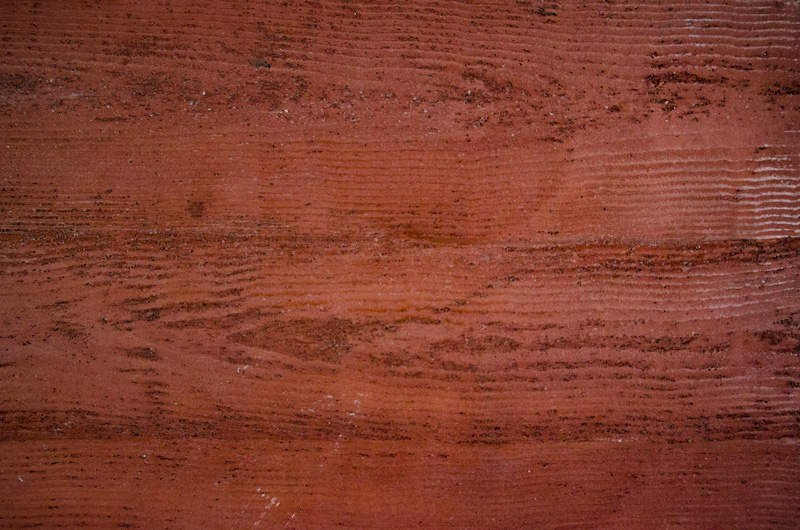
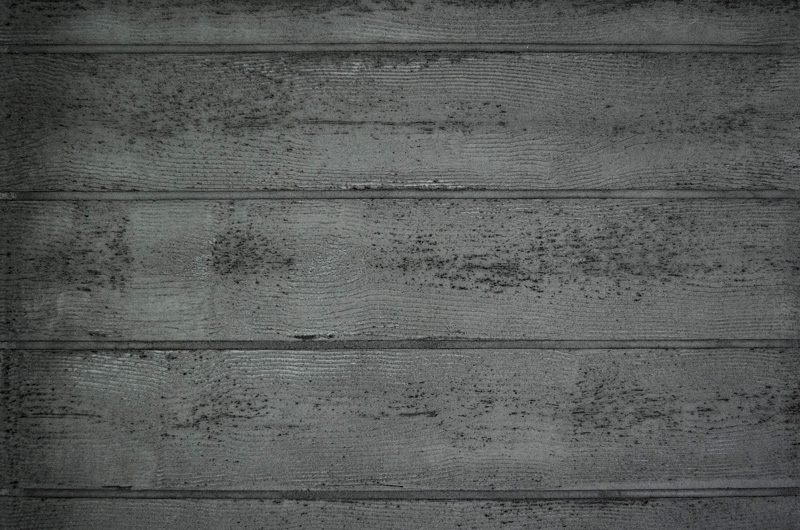
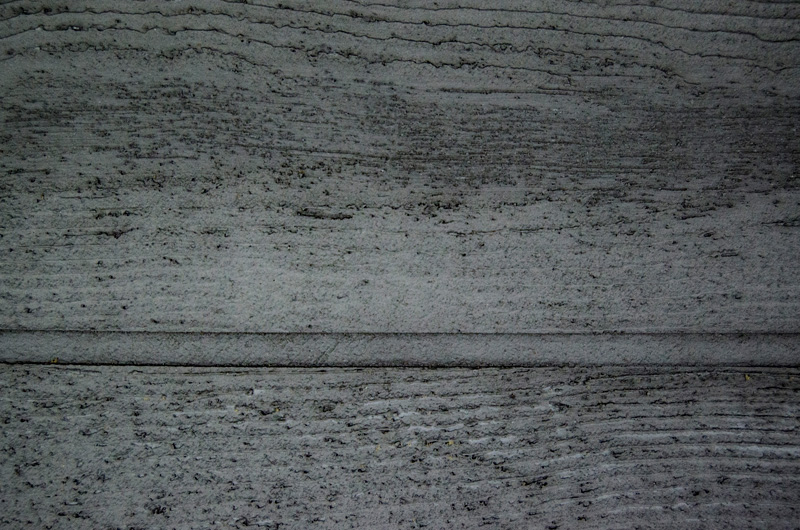
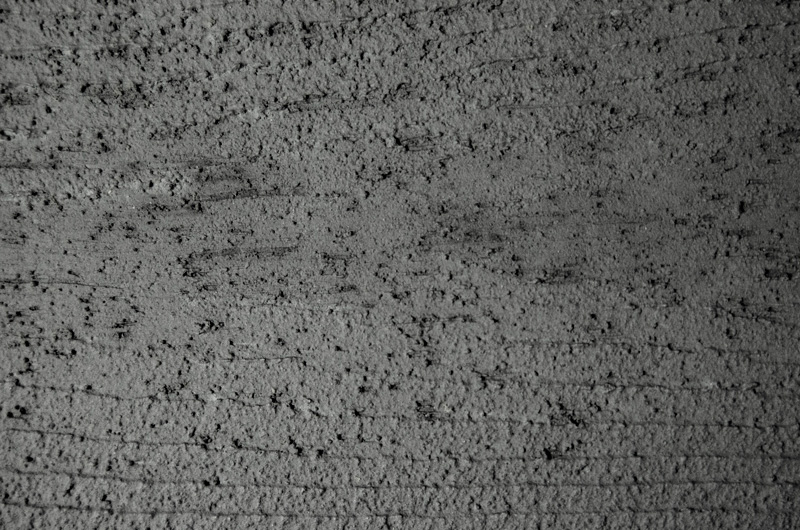
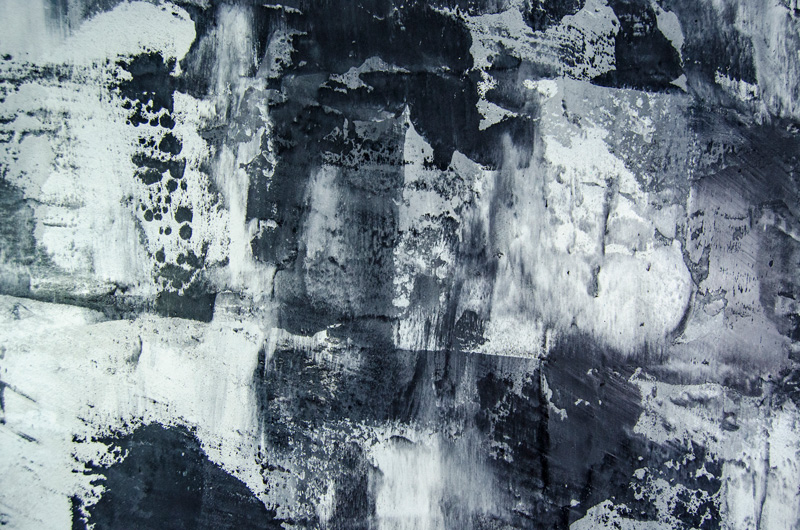
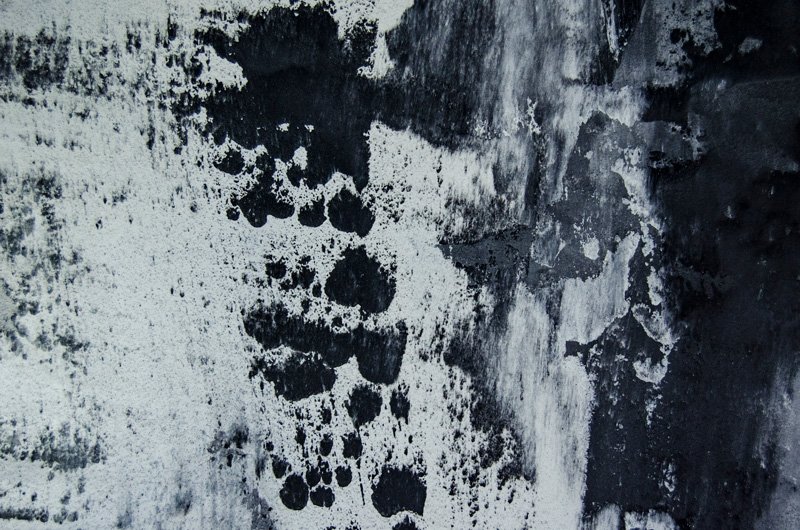
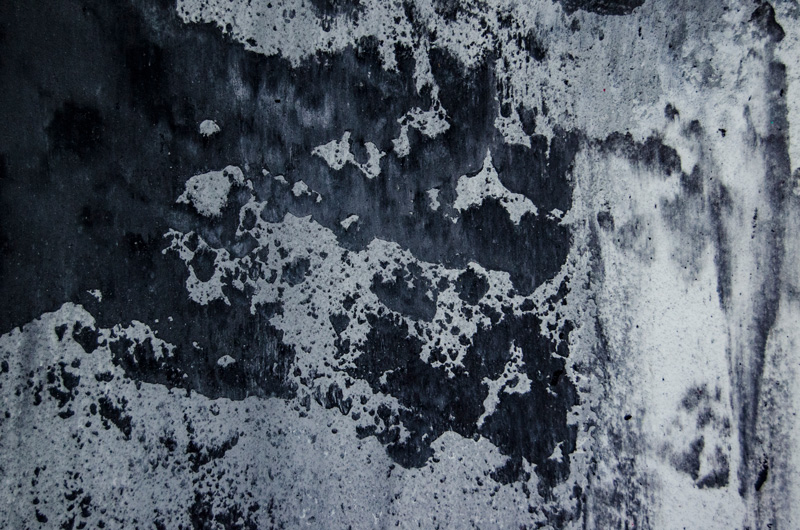
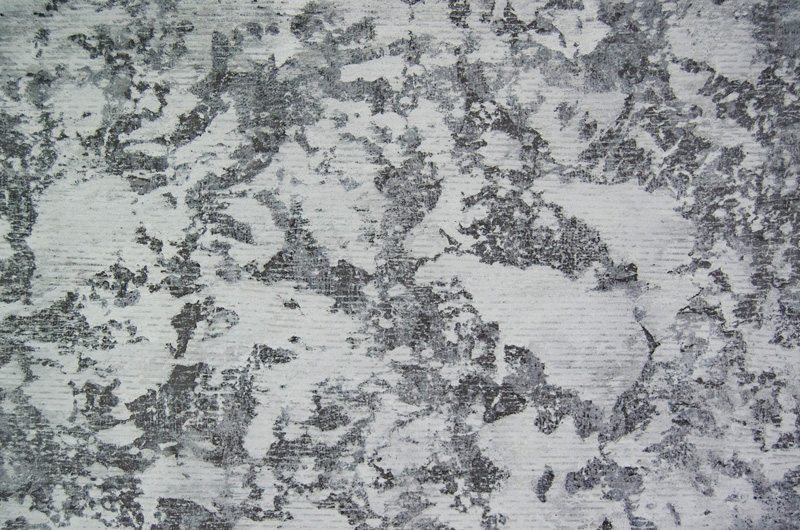


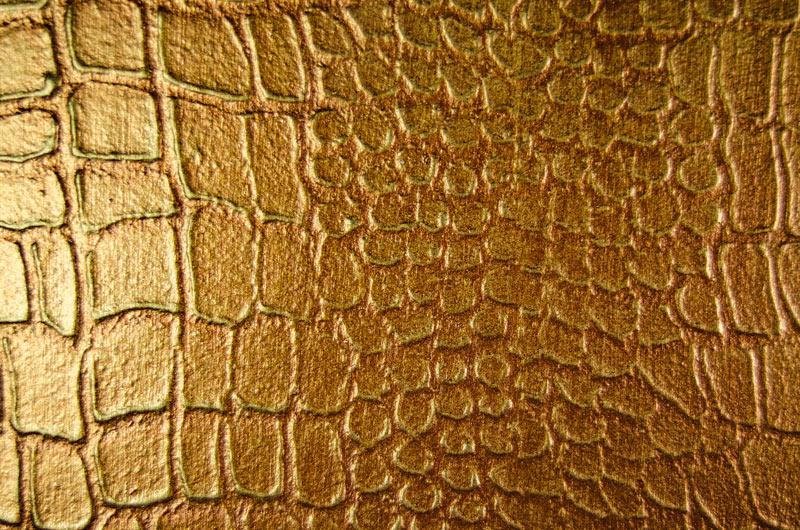
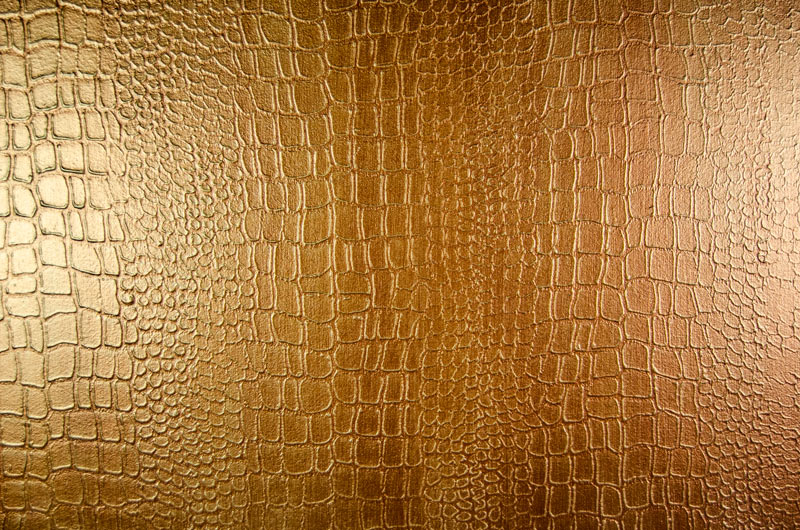
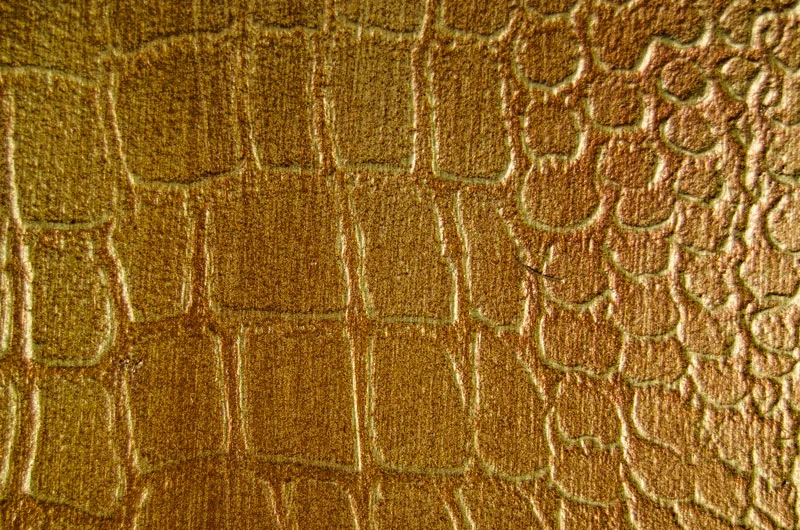
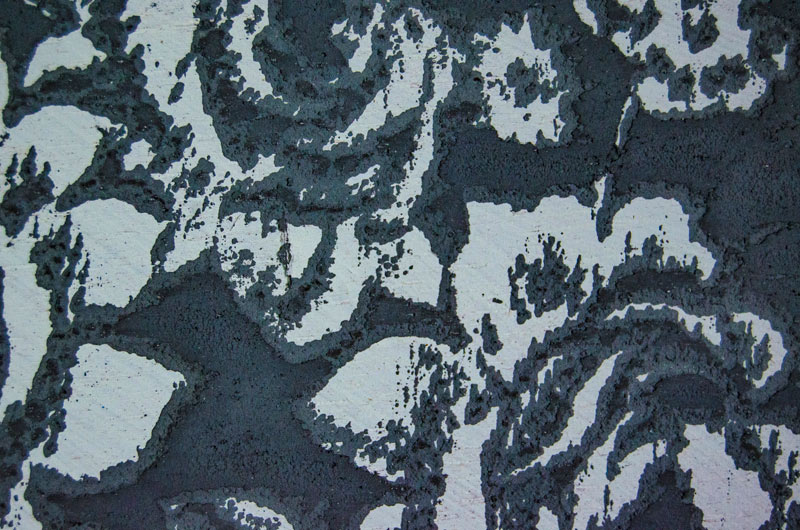
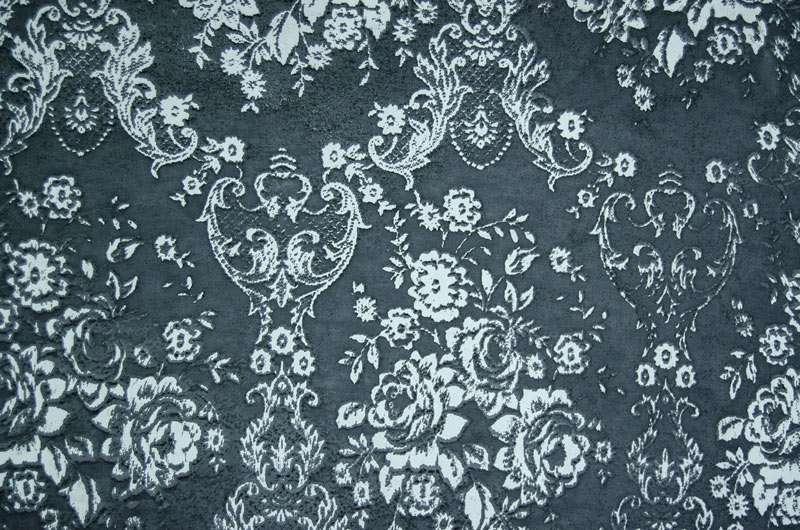
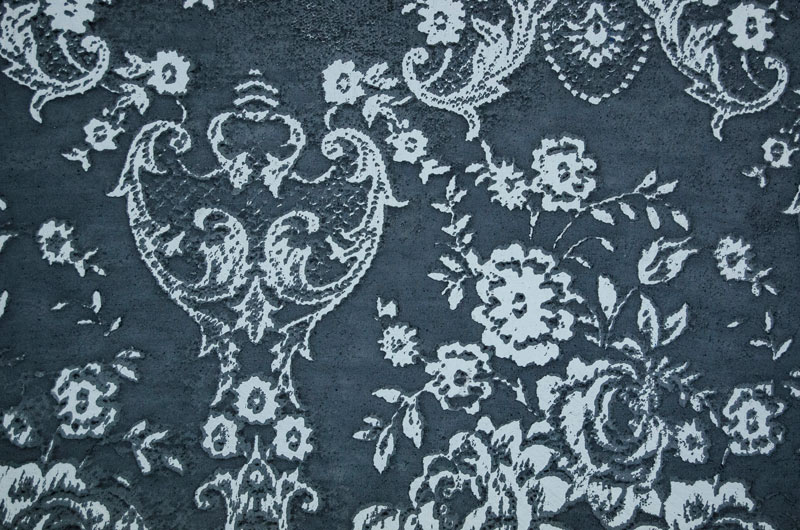
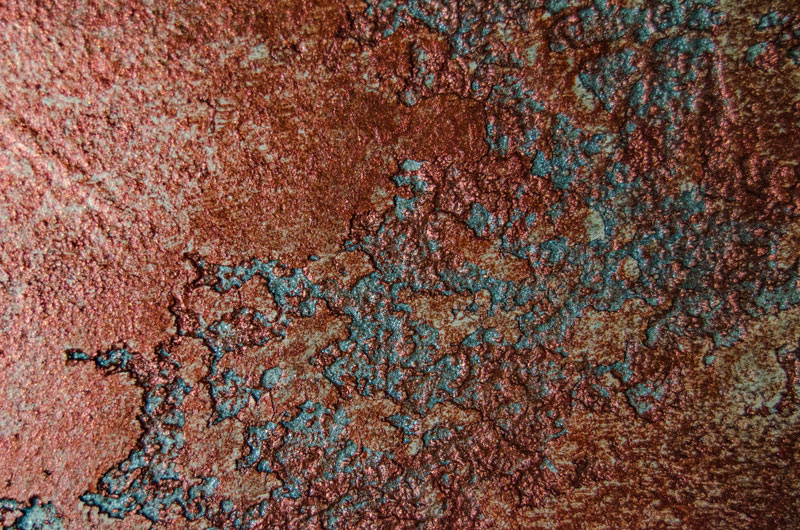
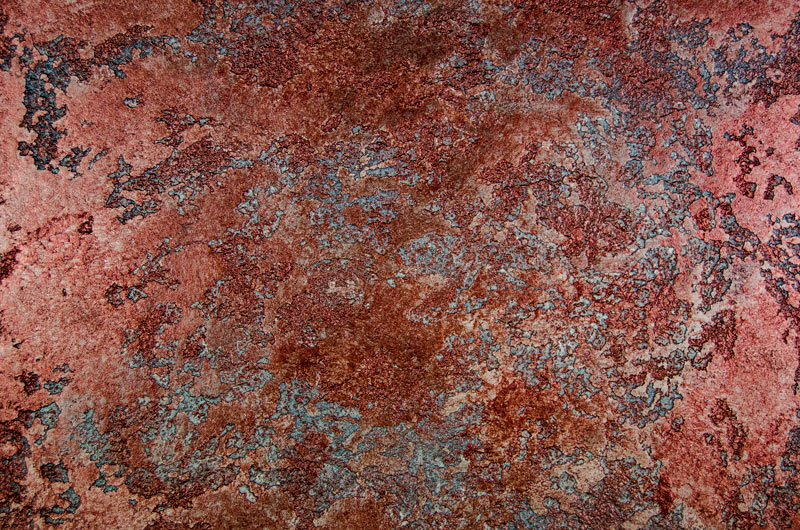
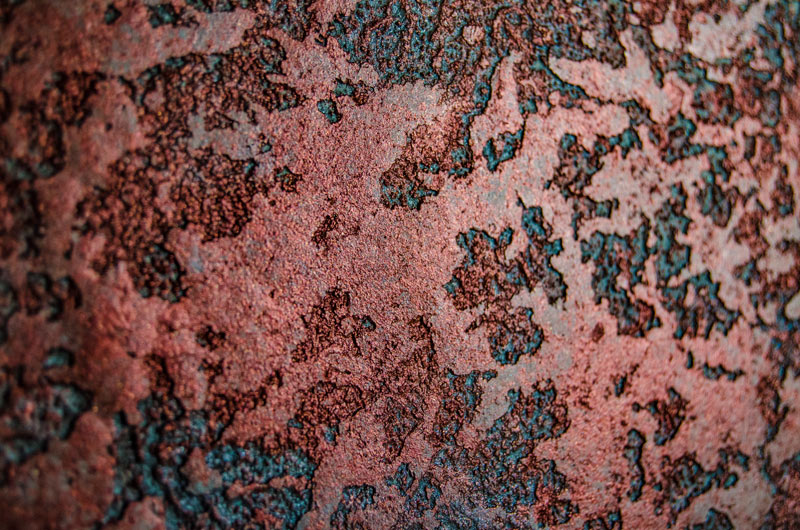
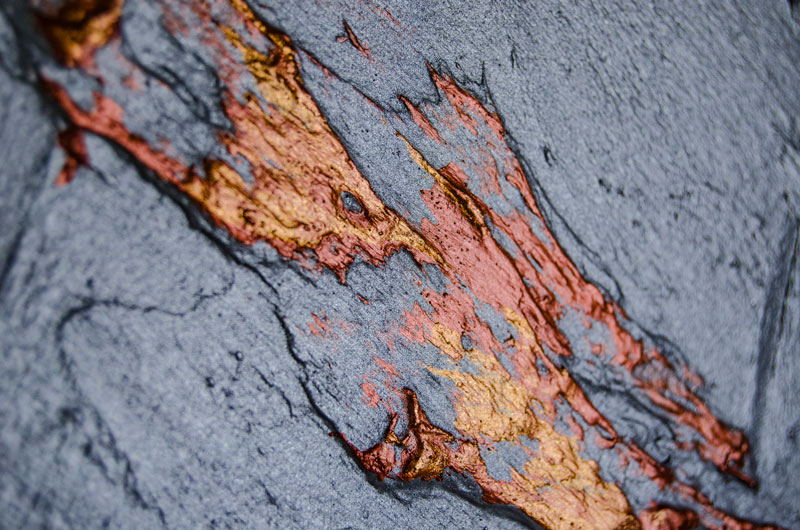

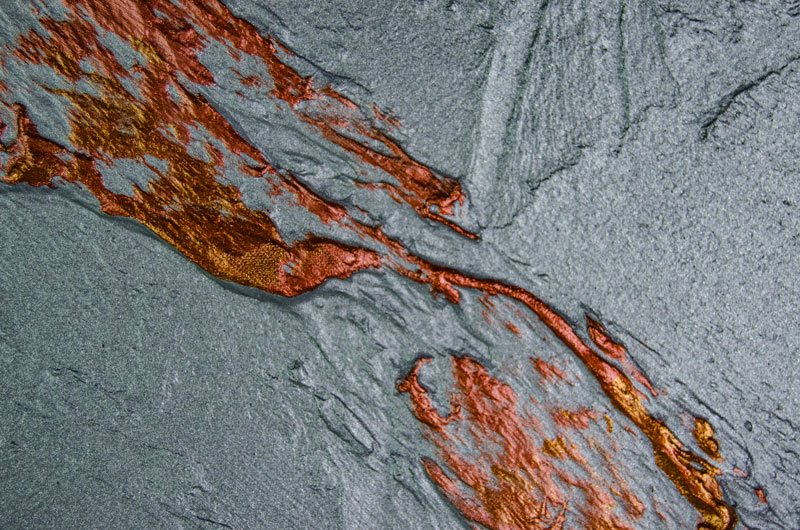
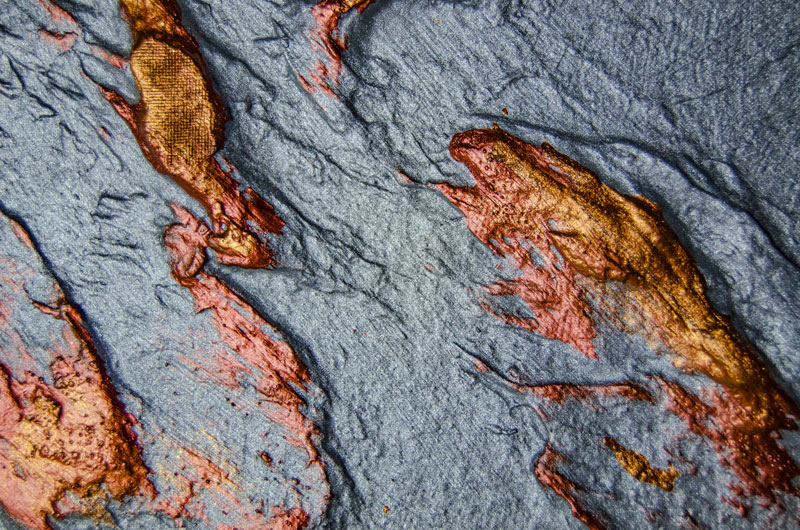

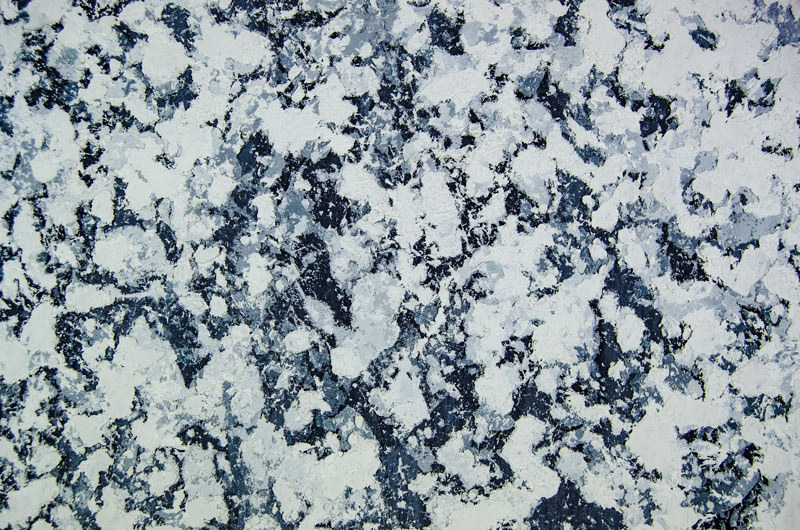
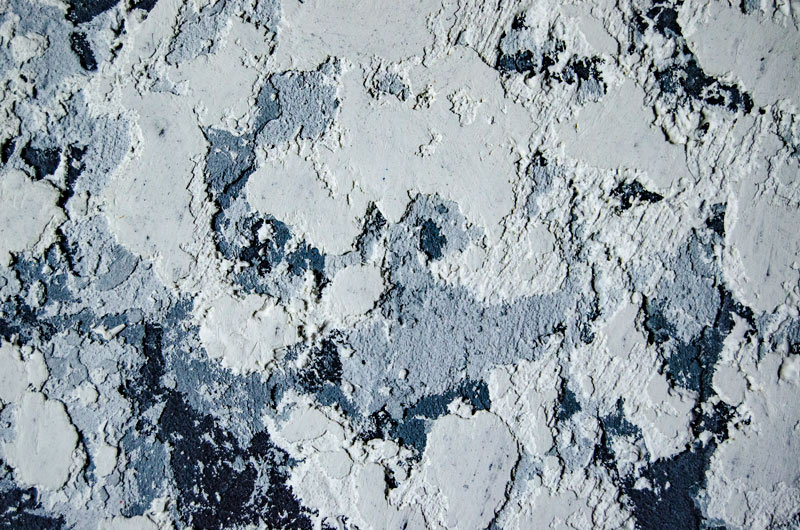
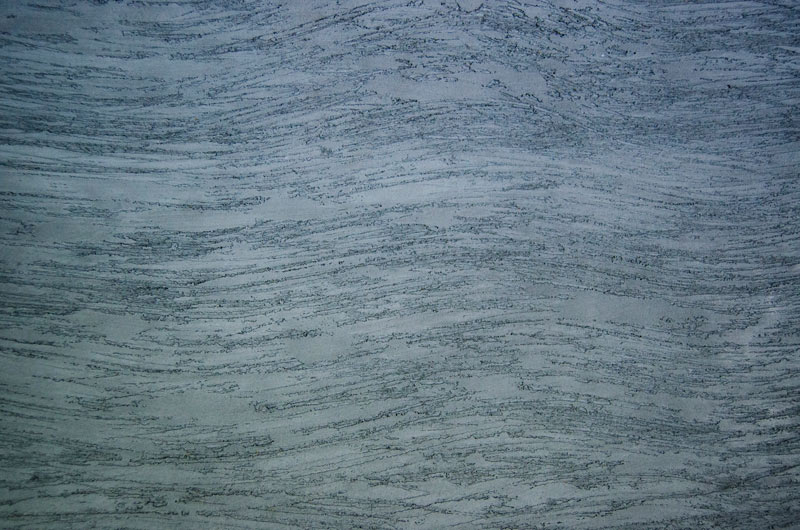
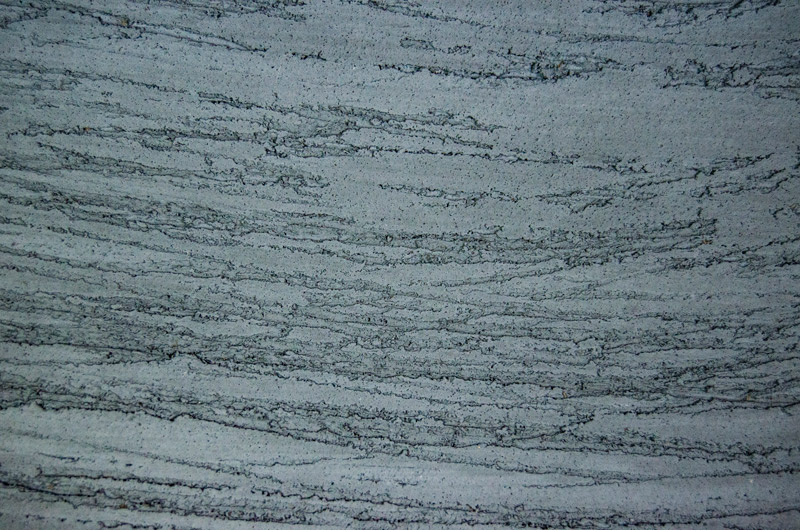
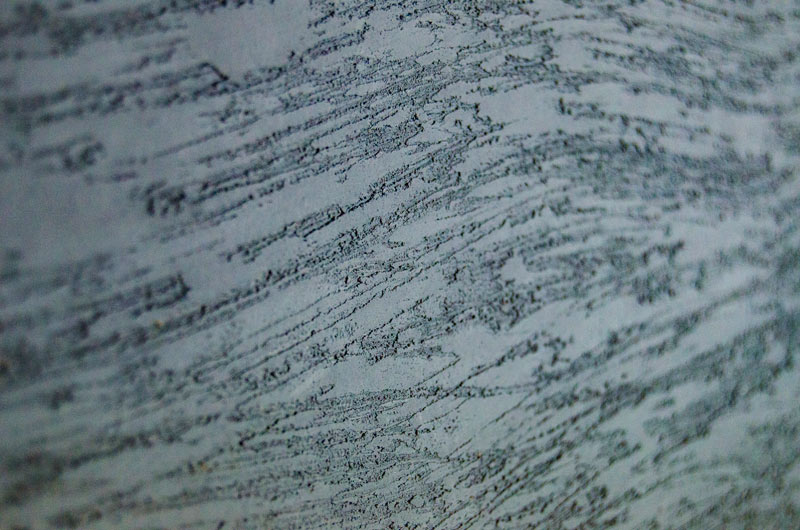
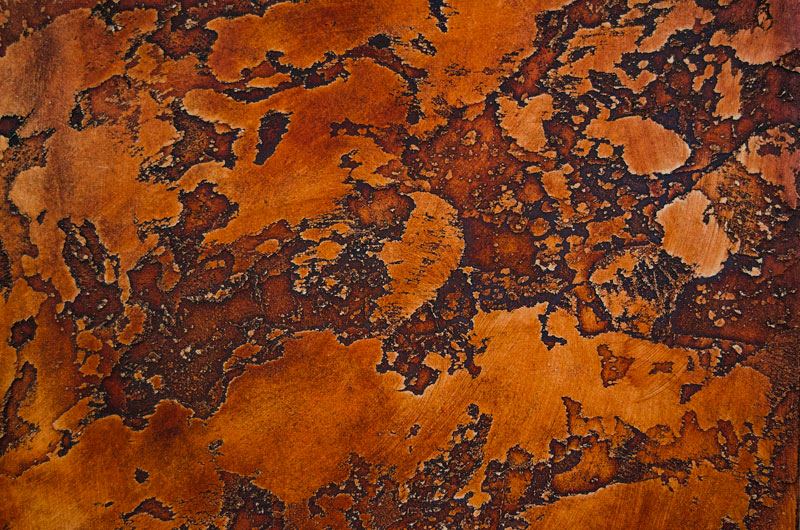
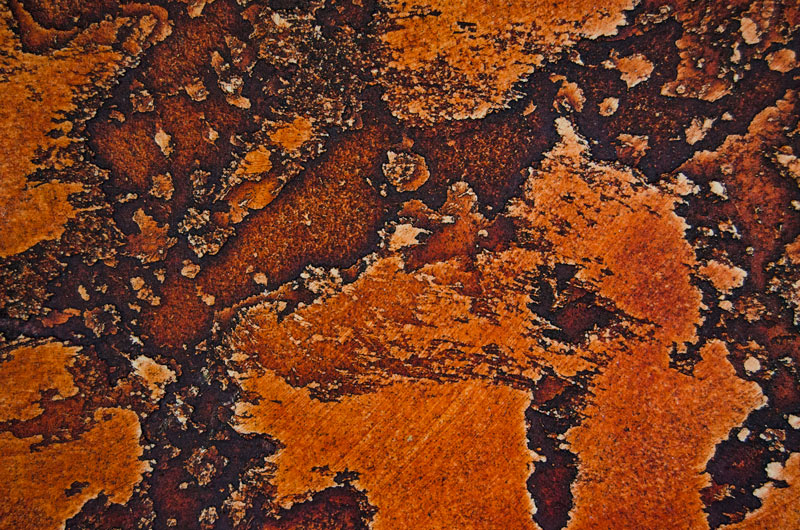
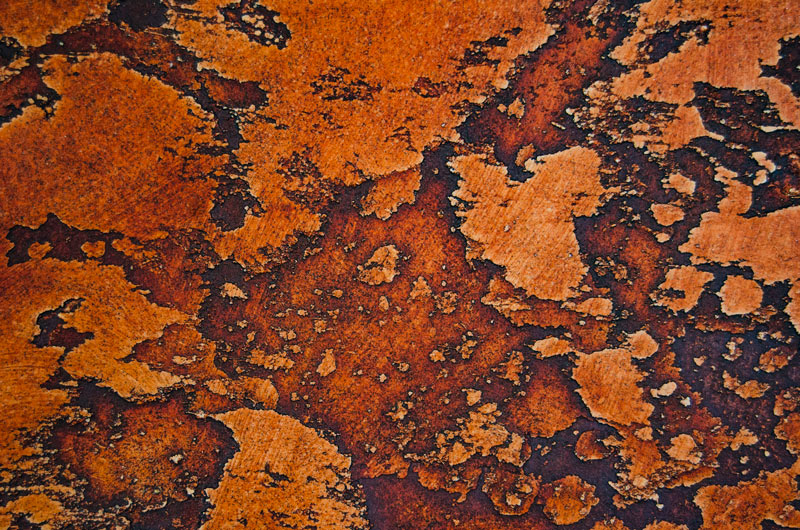
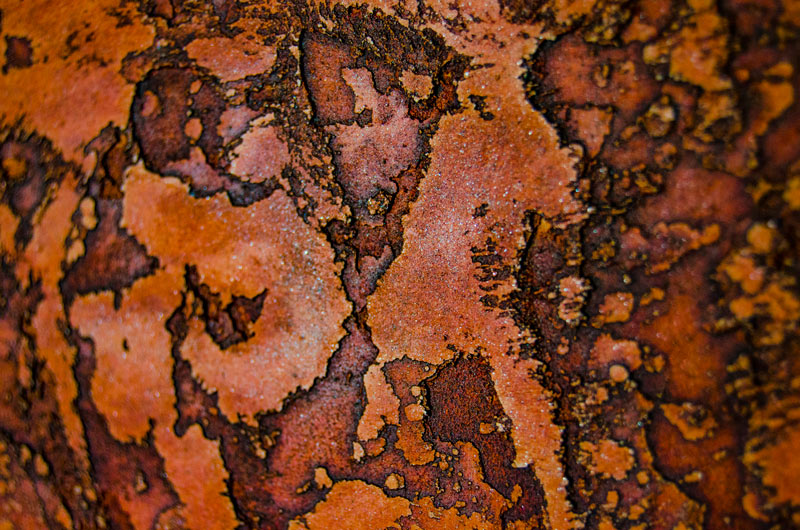
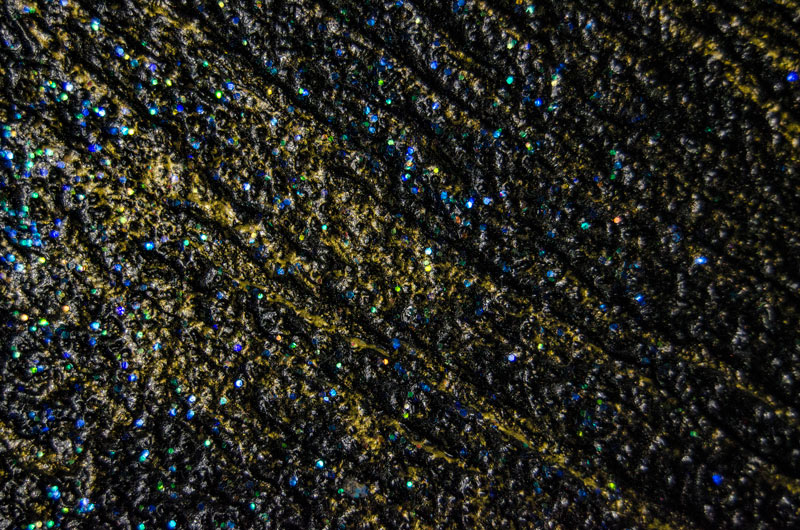
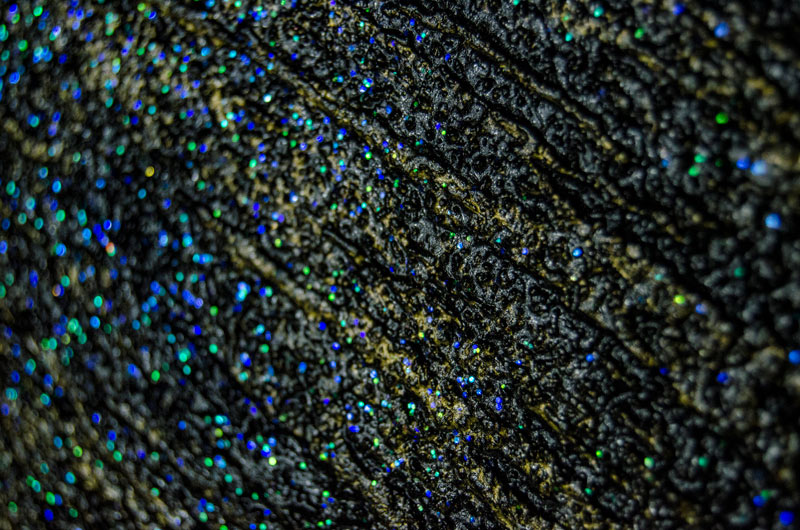
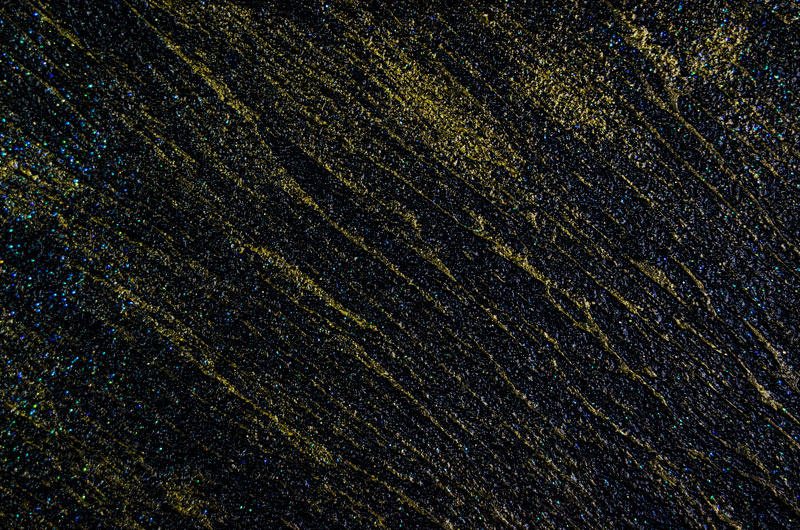
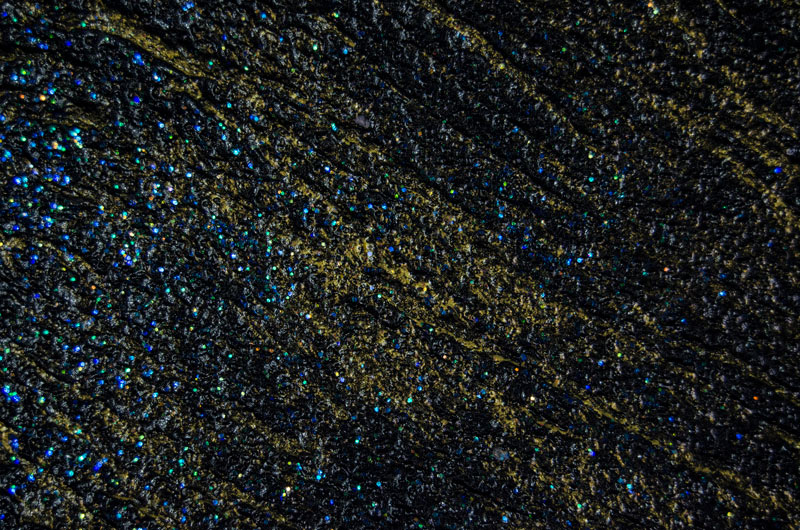

Travertino
Travertino
The word 'travertine' is derived from the Italian travertino (itself a derivation of the Latin tiburtinus ‘of Tibur’). Its namesake is also the origin of Tivoli, a district near Rome.
Travertino grains range from 0.7mm to 1mm. It can be used on both interior and exterior surfaces and is suitable to create a natural stone effect finish (much like the popular Travertine tiles) either with or without created grooves to mimic tile joints.
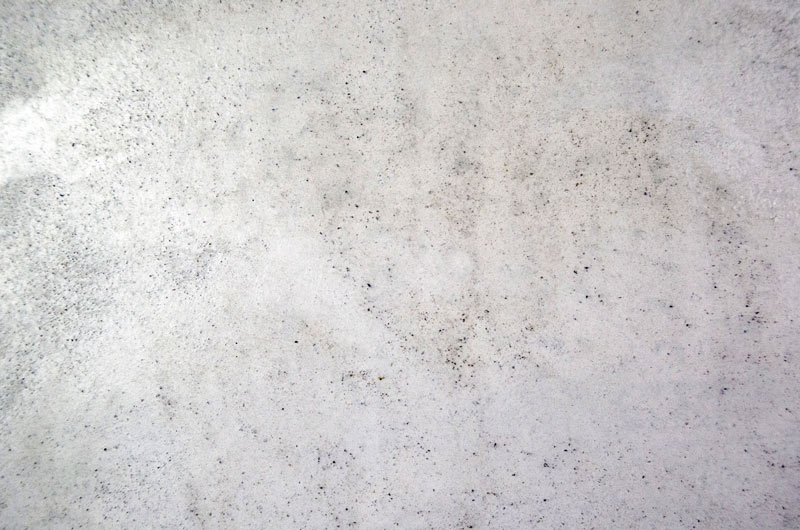
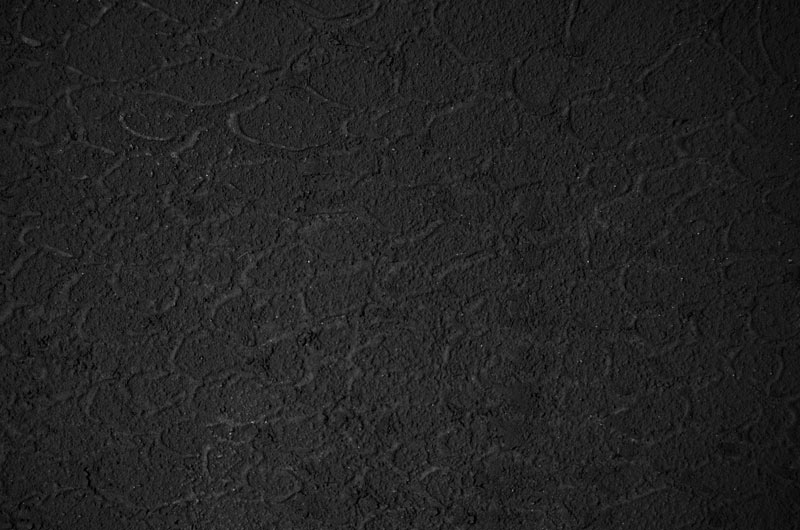
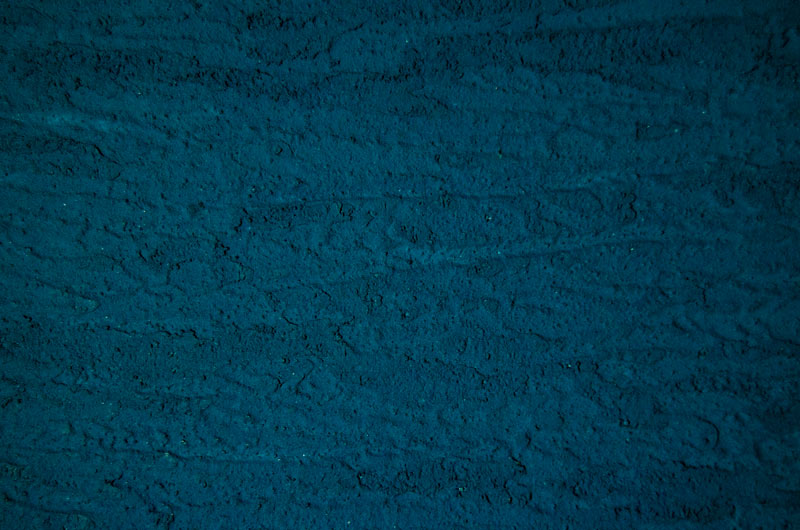
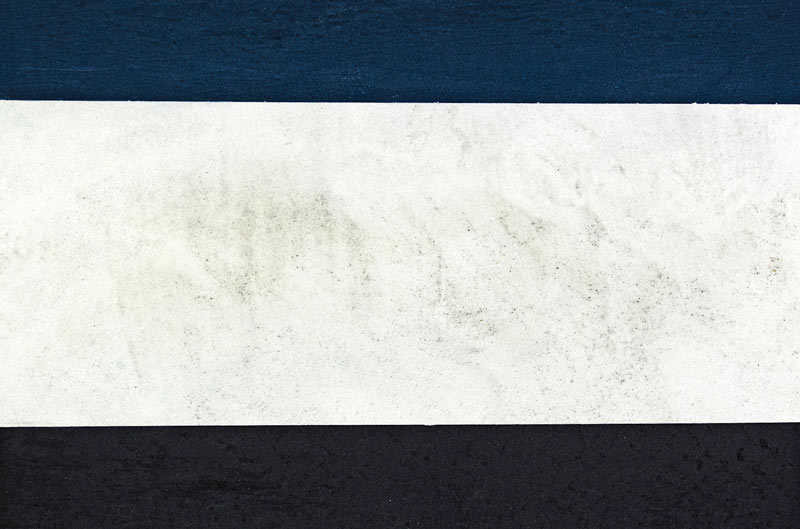
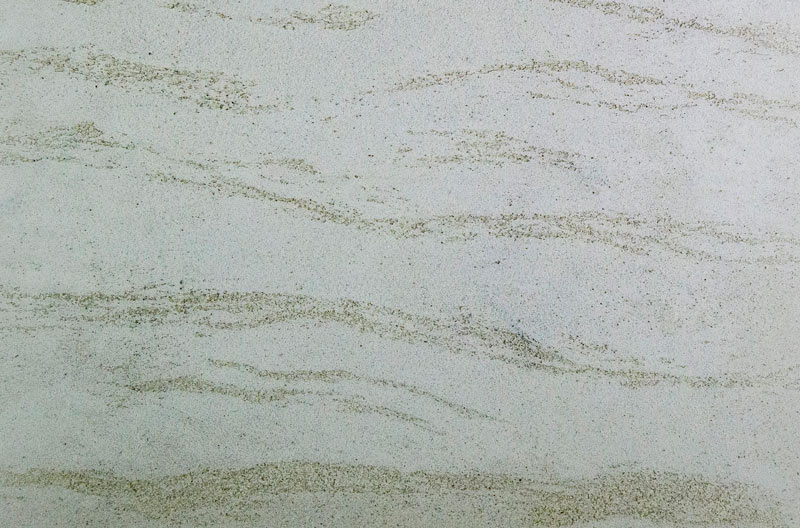
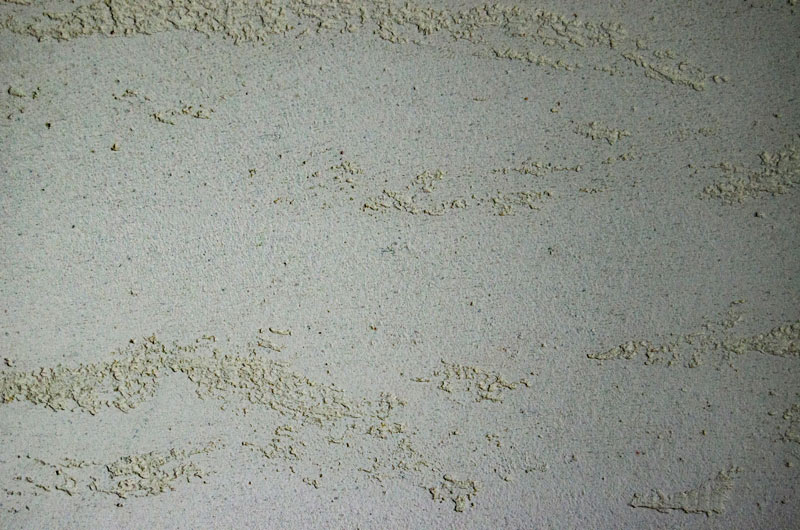
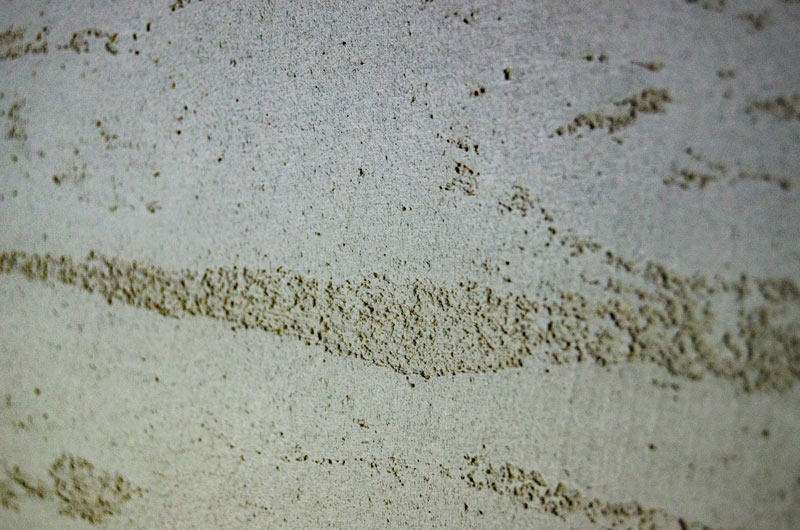

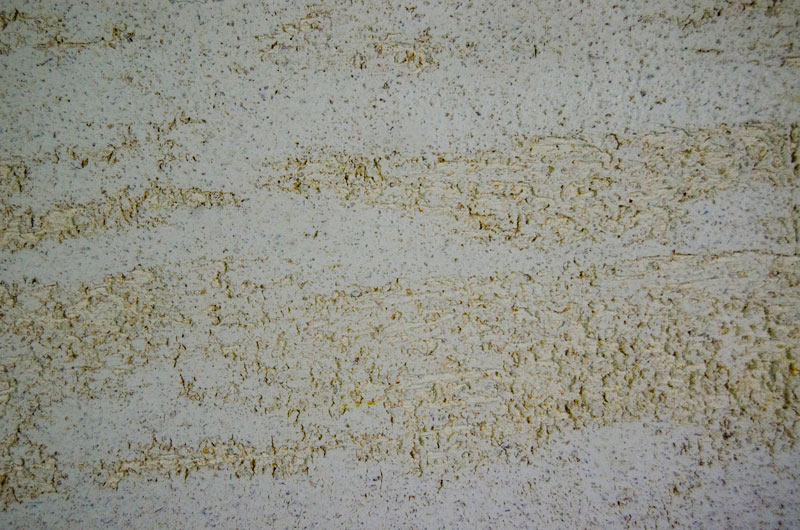


Intonachino
Intonachino
Intonachio grains start from 1mm up to 1.5mm. A great range of both slightly and heavily textured finishes are achievable (more often sponged or dragged) due to the larger grain size,.
It is mainly used on exterior surfaces but is becoming more widely used for interiors, combined in banding with smoother plasters to create a greater contrast.
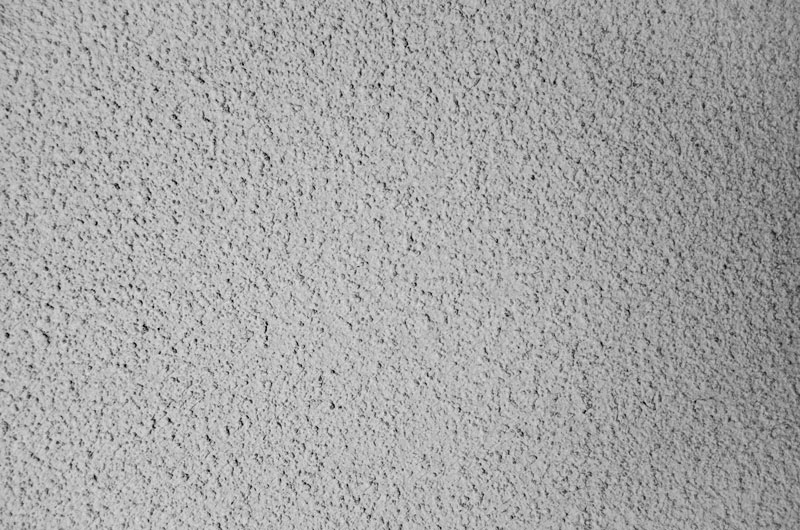
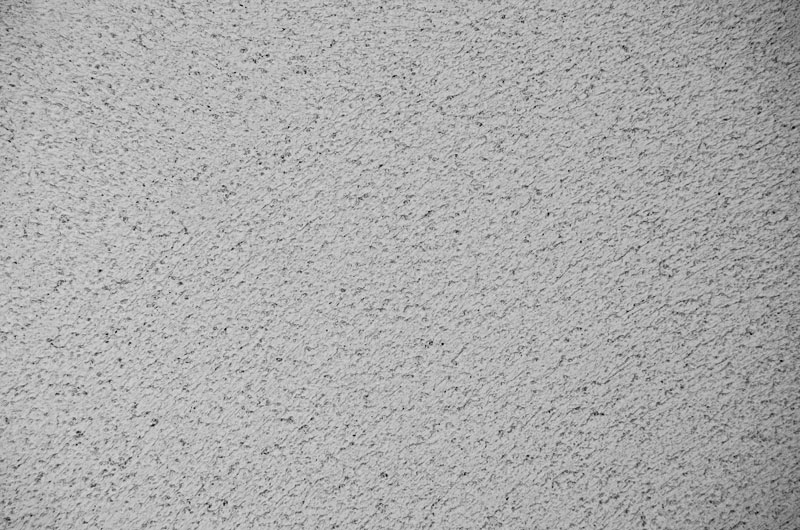


Decorative Effects
Decorative Effects
Many different decorative effects can be conceived with different specialised materials and varying application methods.
Rust is an oxidation effect, unique each time through recreating the natural corrosion of metals.
Concrete effect is cutting-edge, with either smooth or textured industrial-look concrete effects in line with the newest trends in interior design.
Different textures can be created by applying materials with trowels, sponges or brushes.
Water based and acrylic resin based finishes applied and trowelled in different directions to give sometimes velvet, silky or satin-like shimmering effects with changing light angles.

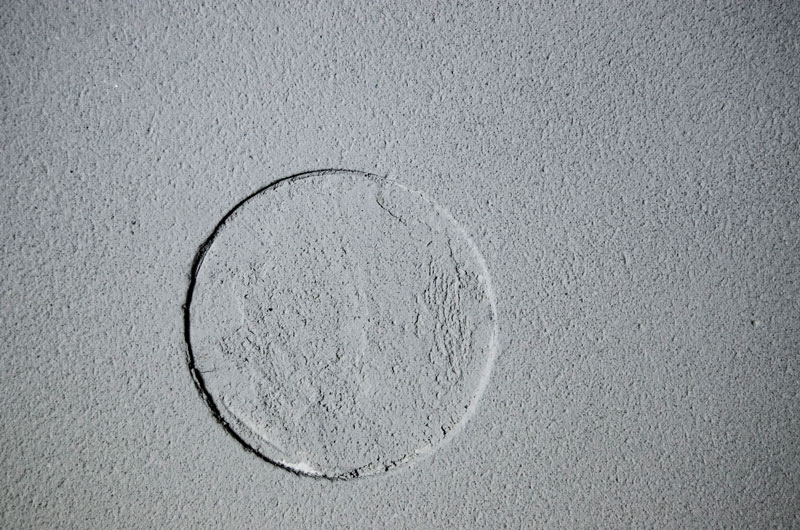
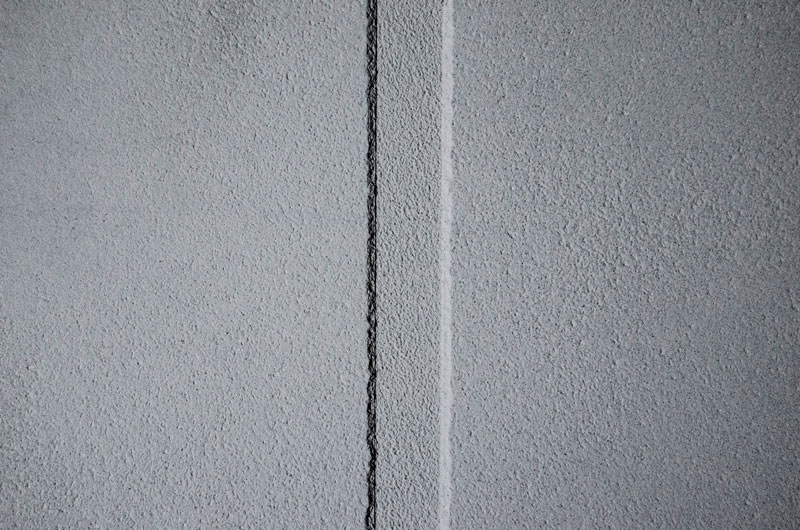
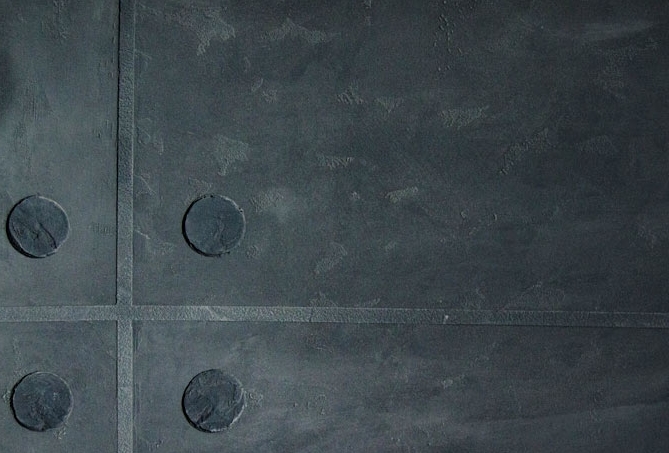
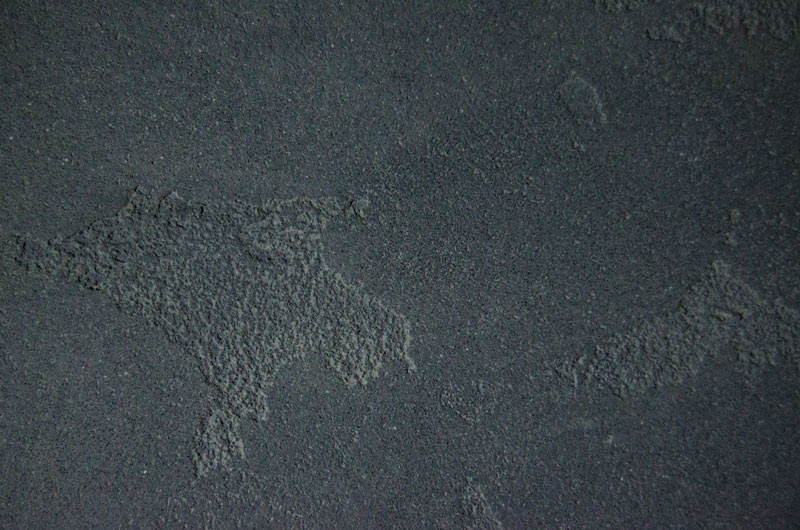
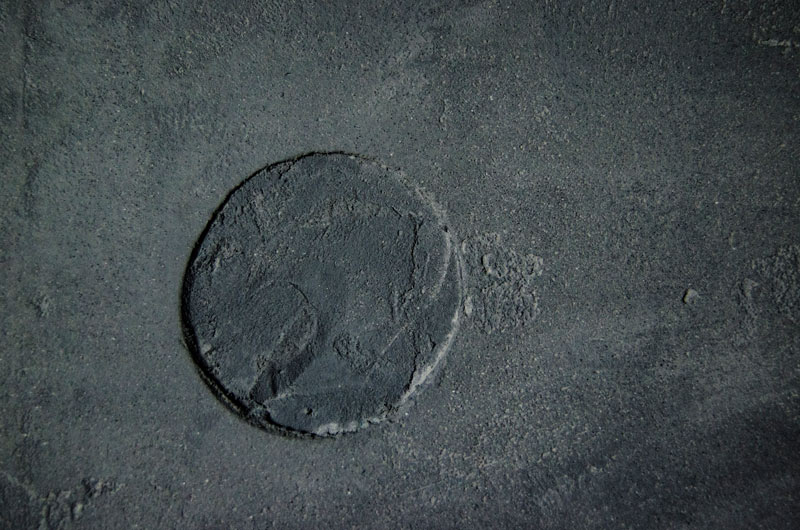
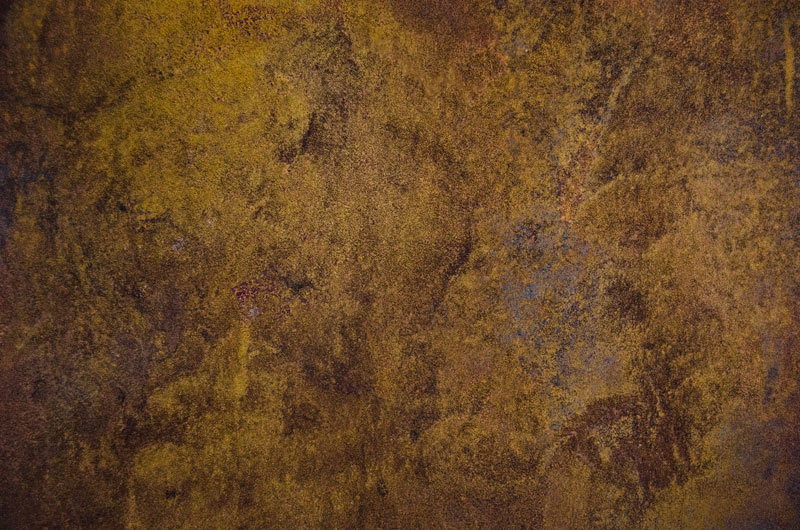
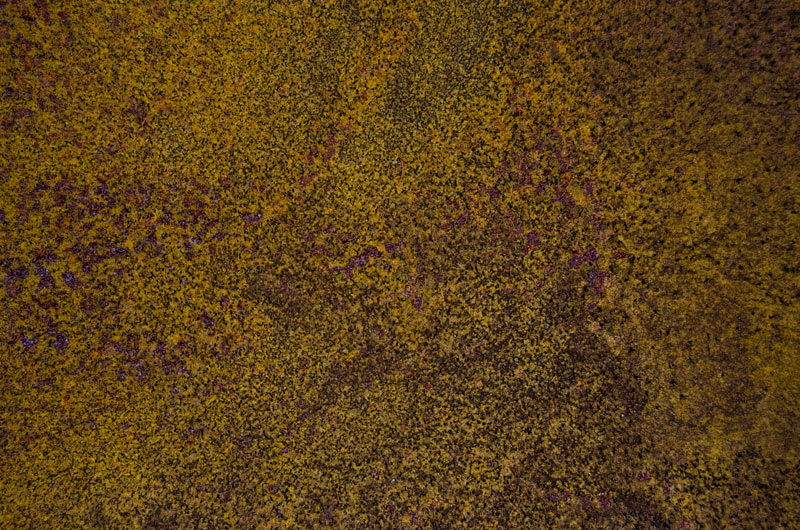
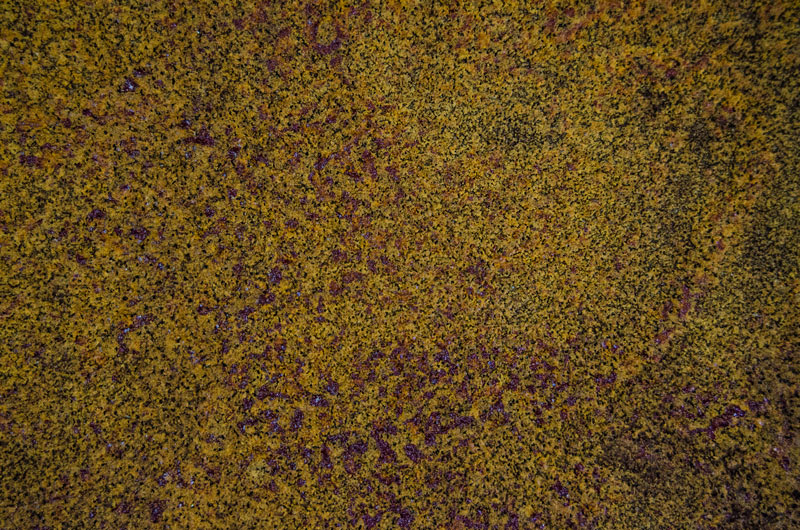
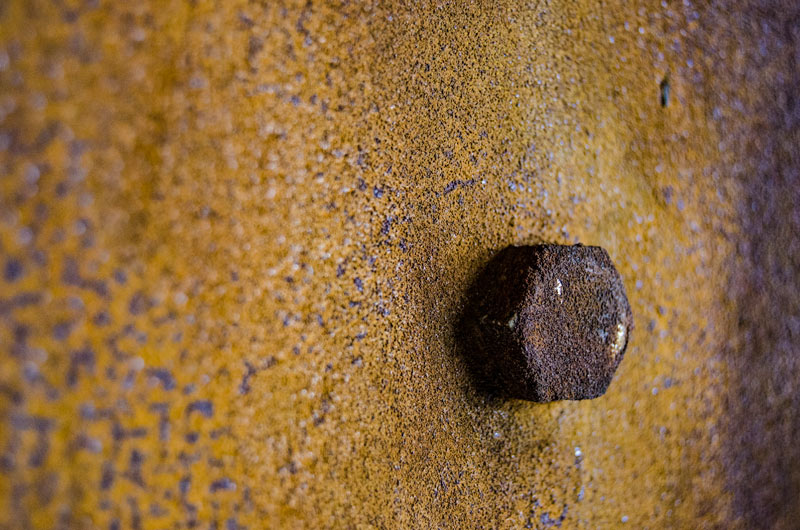
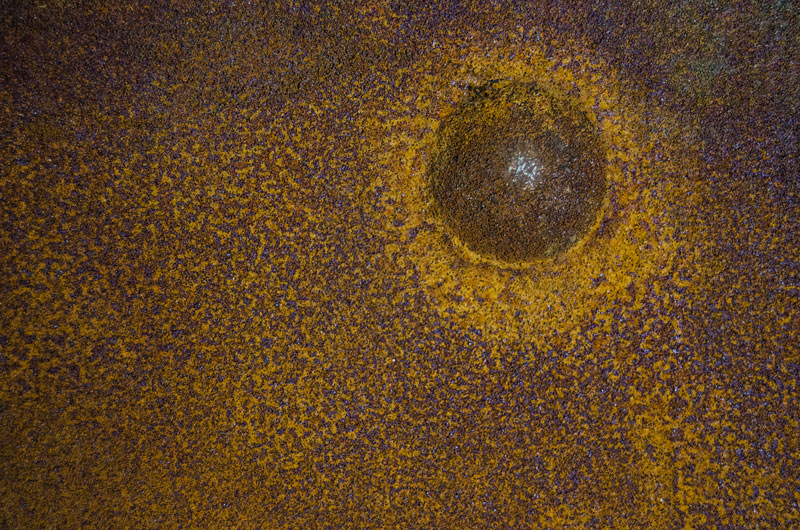
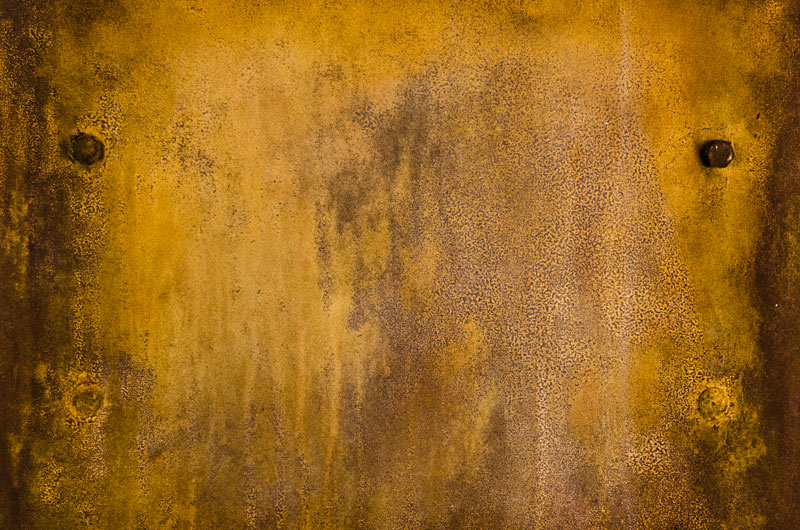
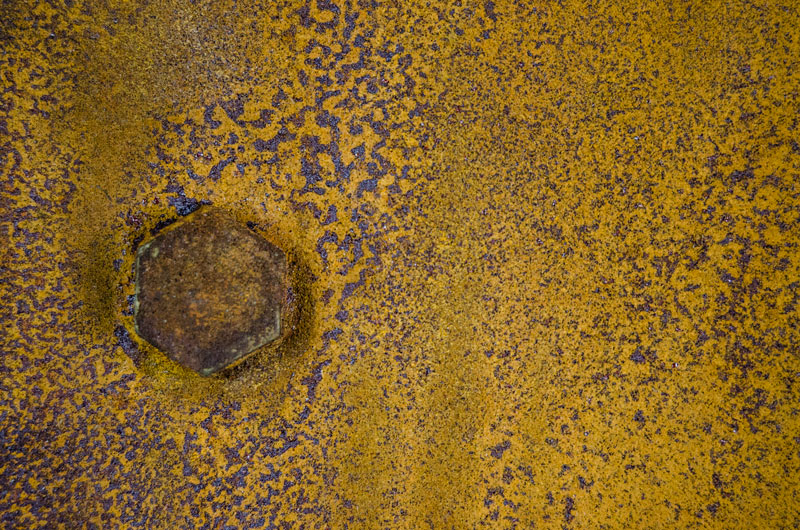
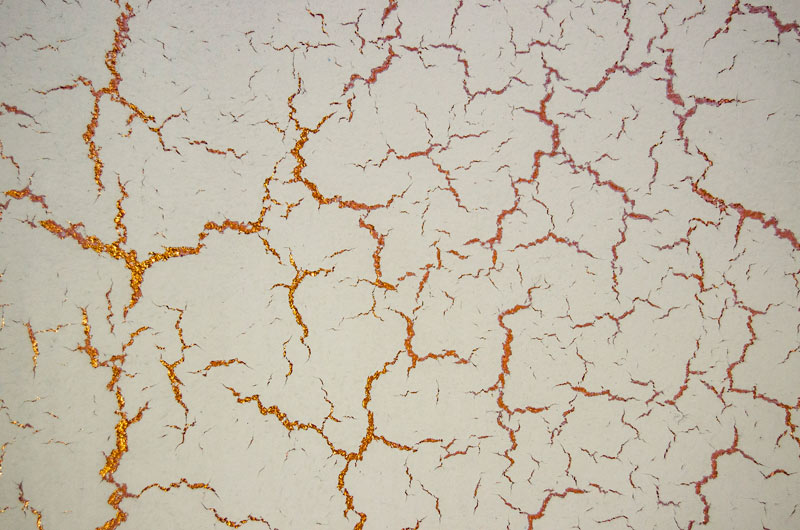


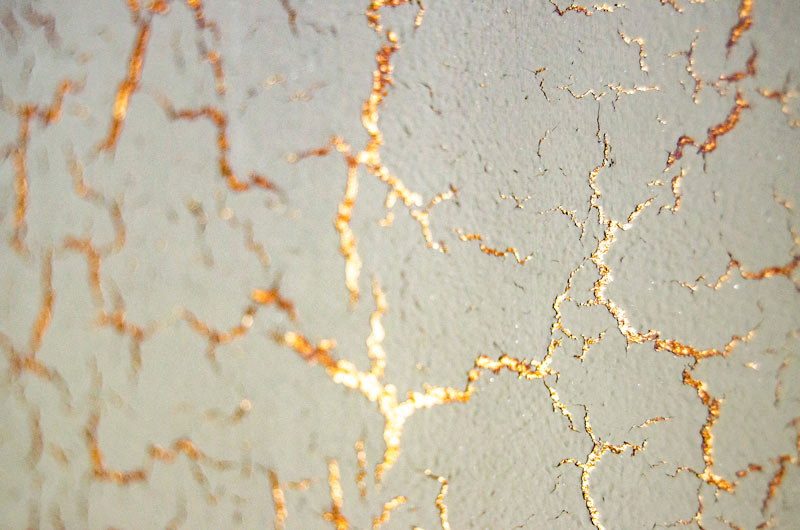
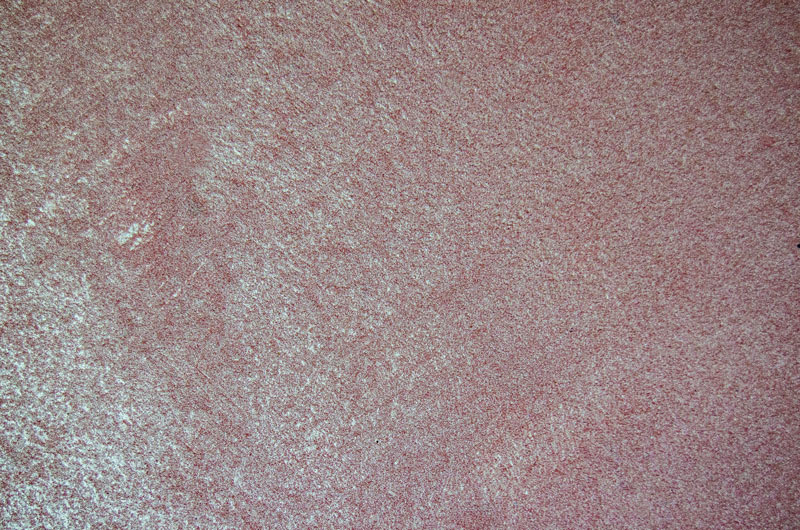

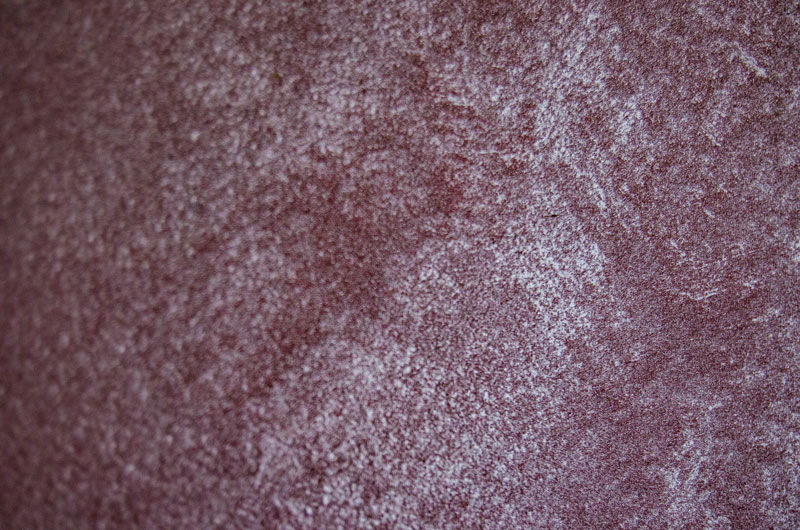
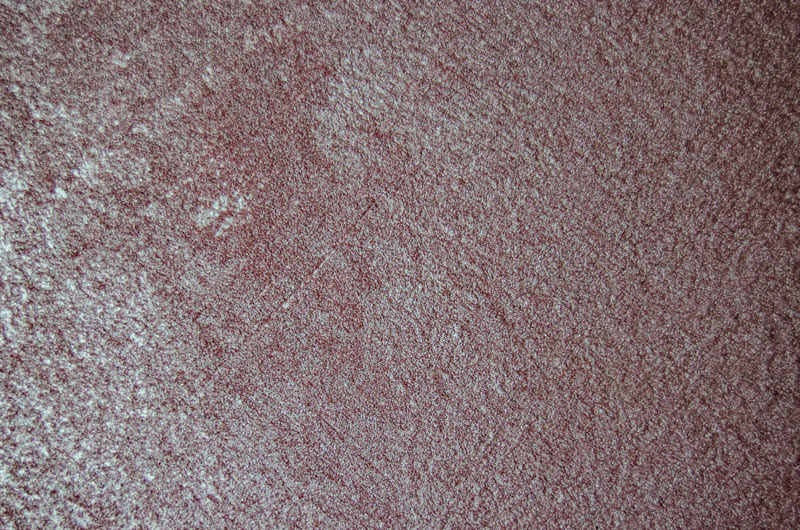
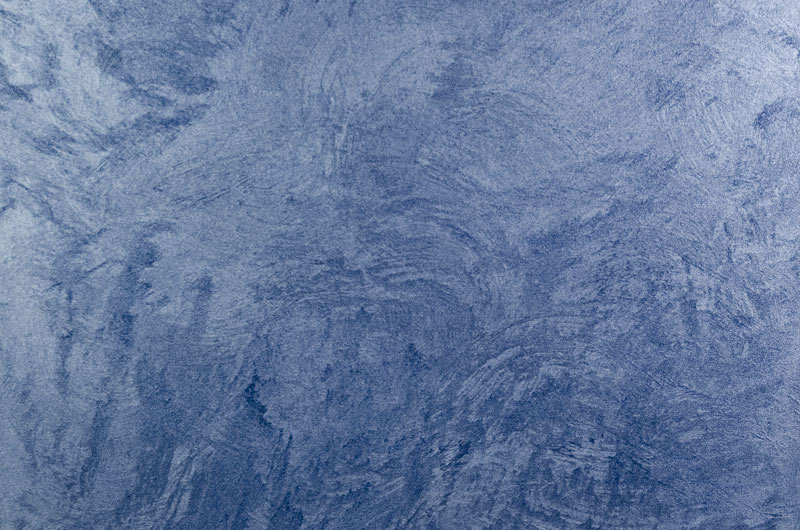
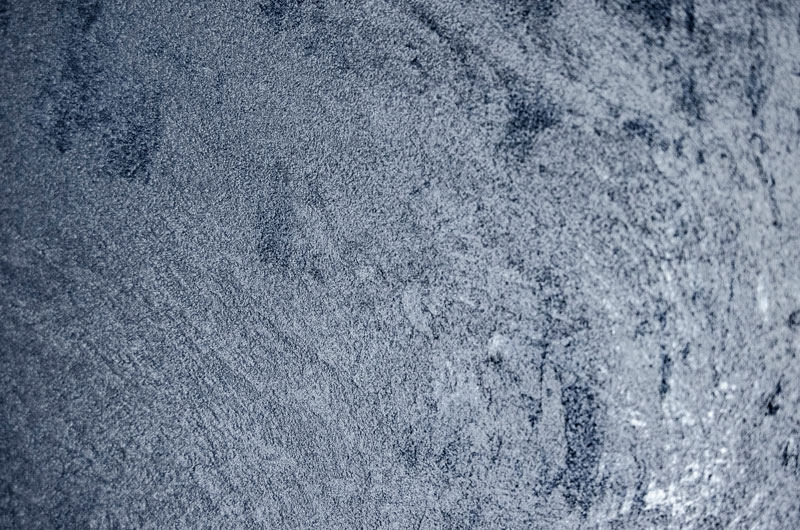
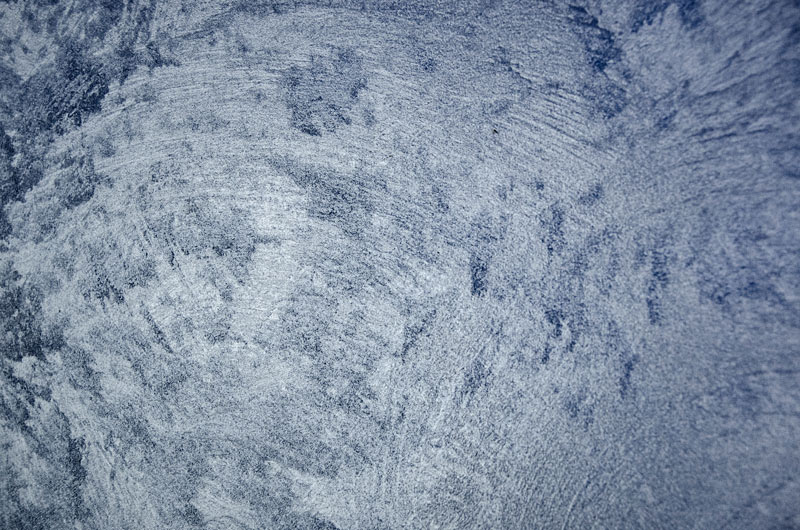
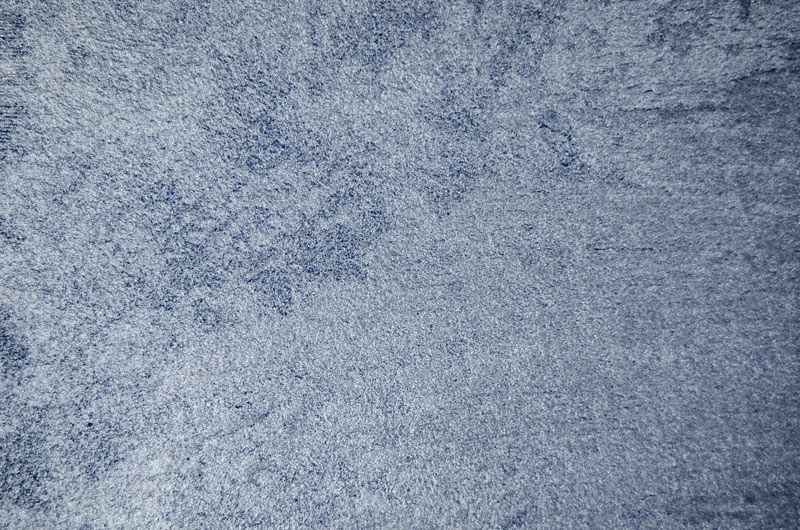
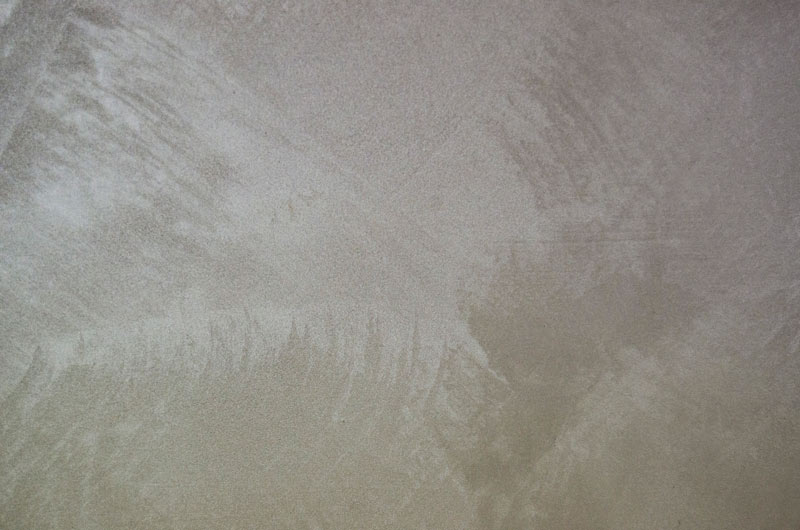
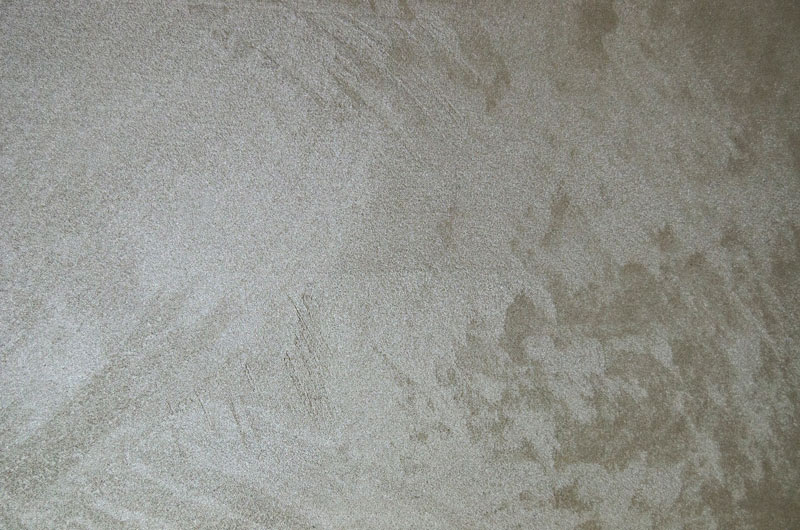
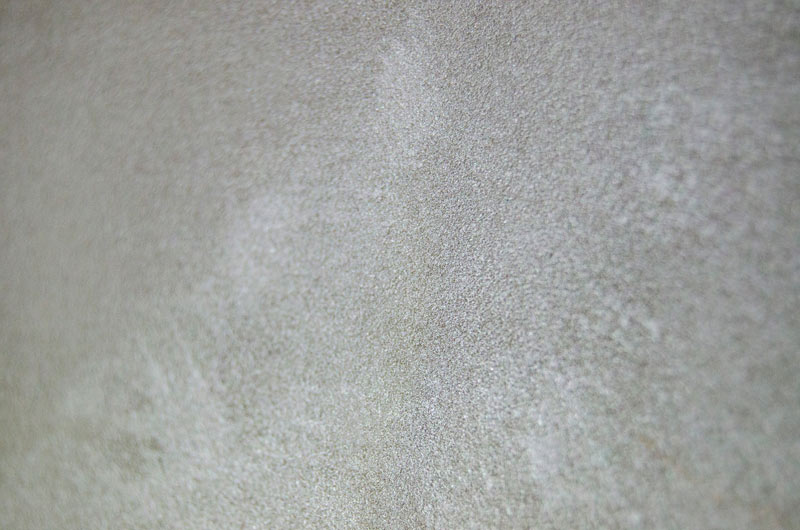

Micro-Cement
Micro-Cement
Often referred to as waxed concrete or, as the french call, it 'Beton Cire'.
Polished concrete can be applied around 3mm on almost any surface; concrete, cement, tiles, wood, plaster, plasterboard, cementboard , metal, plastic, ceramic, iron, glass, terrazzo, etc.
It resists water, moisture, extreme temperatures (cold & heat) and UV, thus creating a wide range of possibilities for its application to any vertical or horizontal surface or furniture (tables, worktops etc).
Being waterproof, it's an ideal material to use in areas with high humidity such as kitchens, bathrooms, outdoor gardens, swimming pools, etc.
It can also be placed in high-traffic areas like offices, restaurants and shops. Microcement goes over virtually any sub base, is joint free, can be self-levelling, applied in any colour, finished smooth or textured, polished or matt as well as sealed to make stain and abrasive resistant.
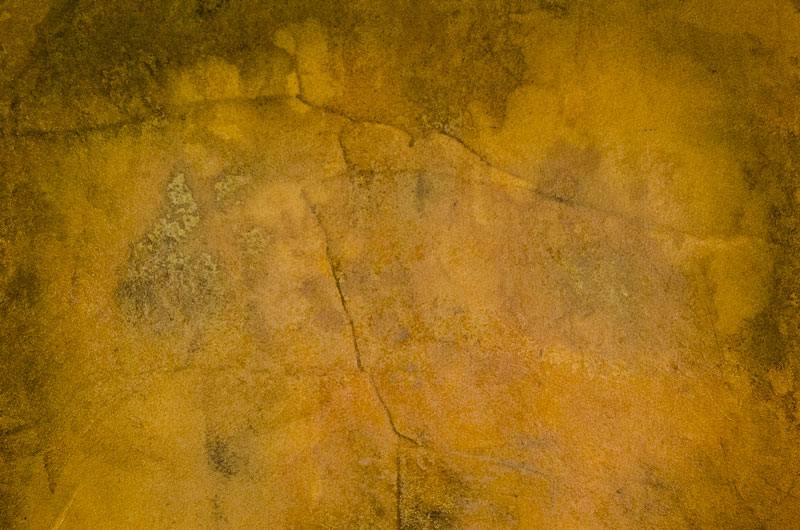
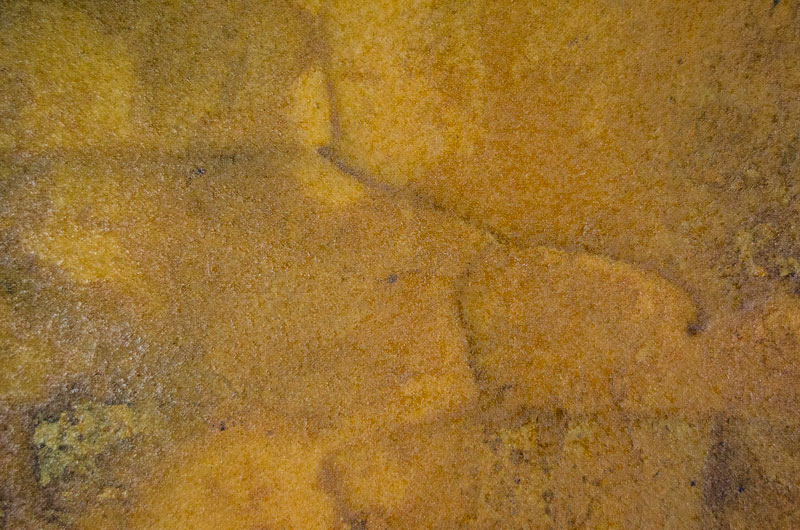
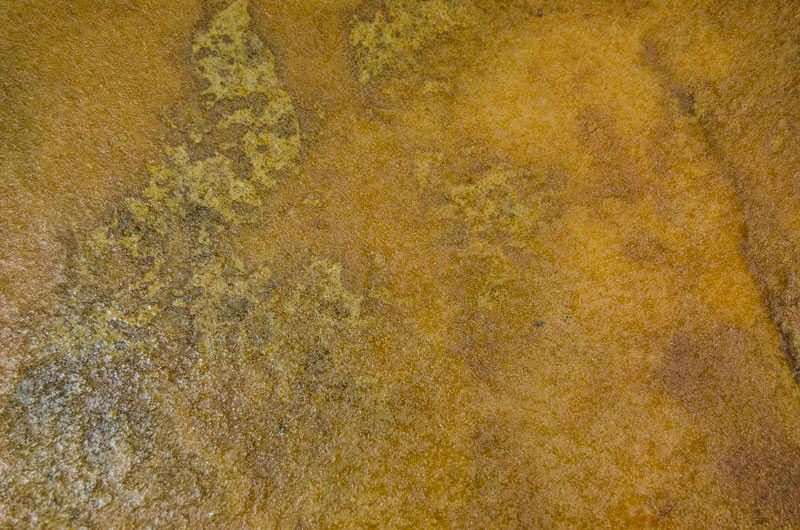
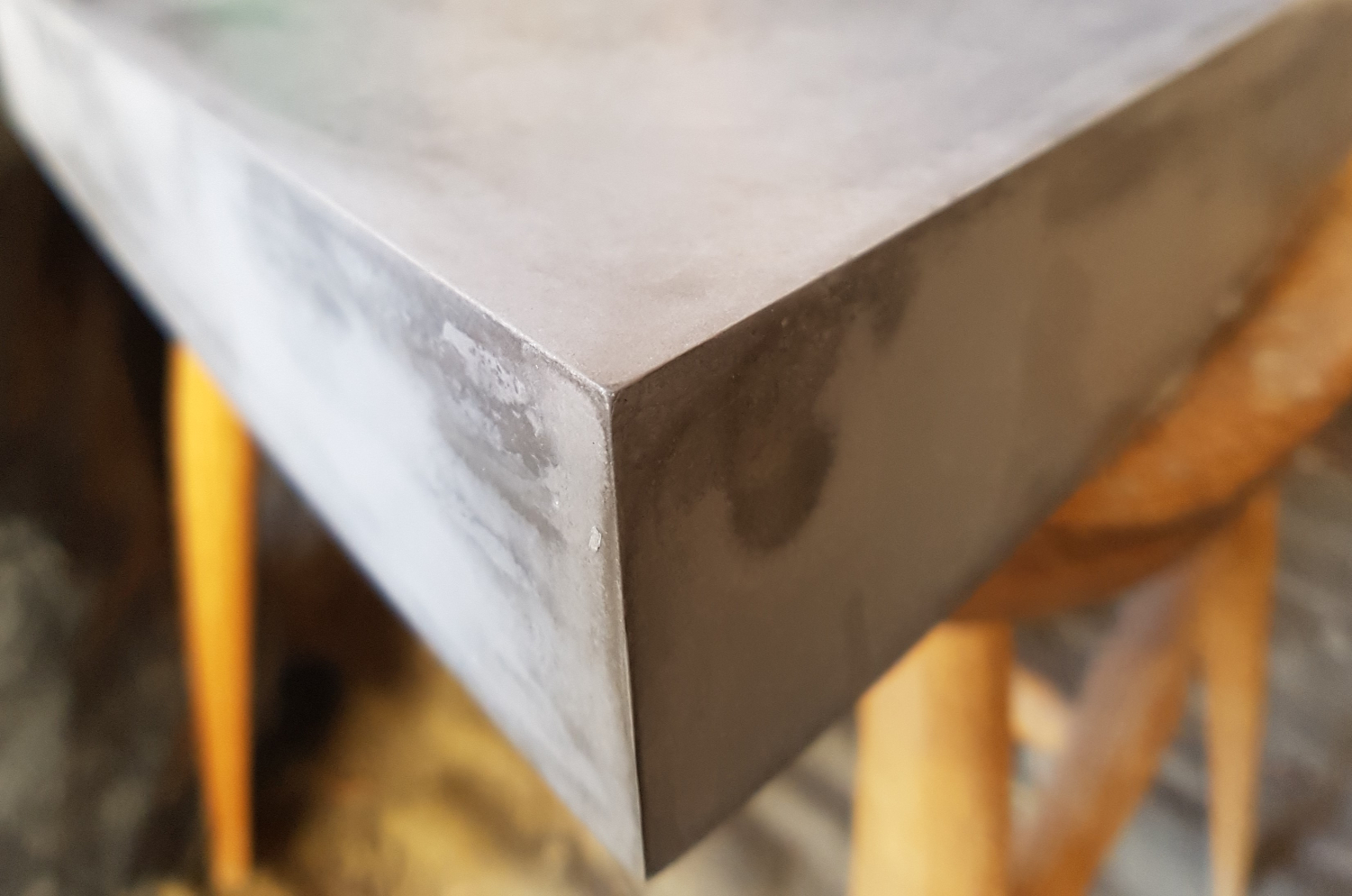


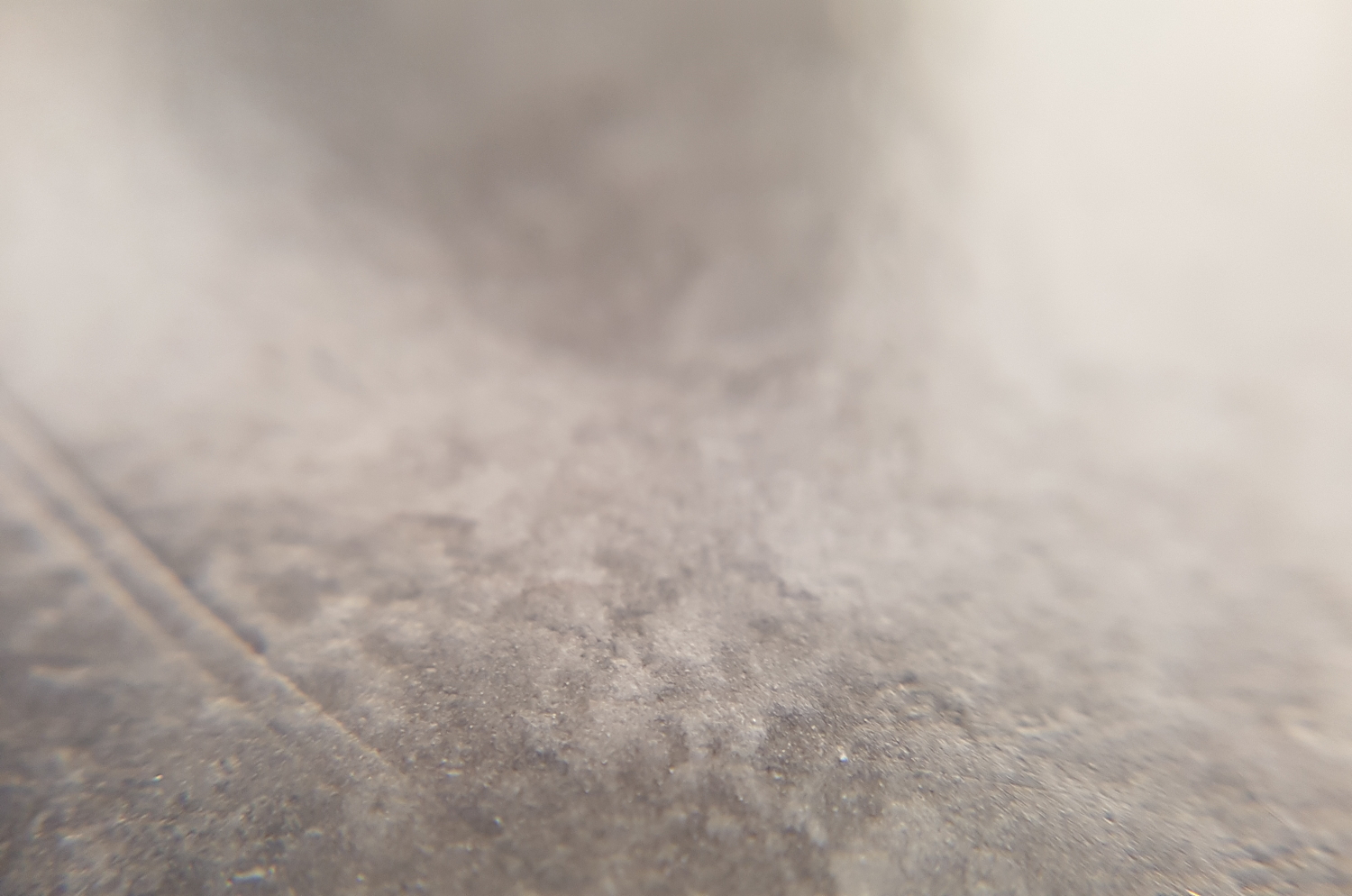

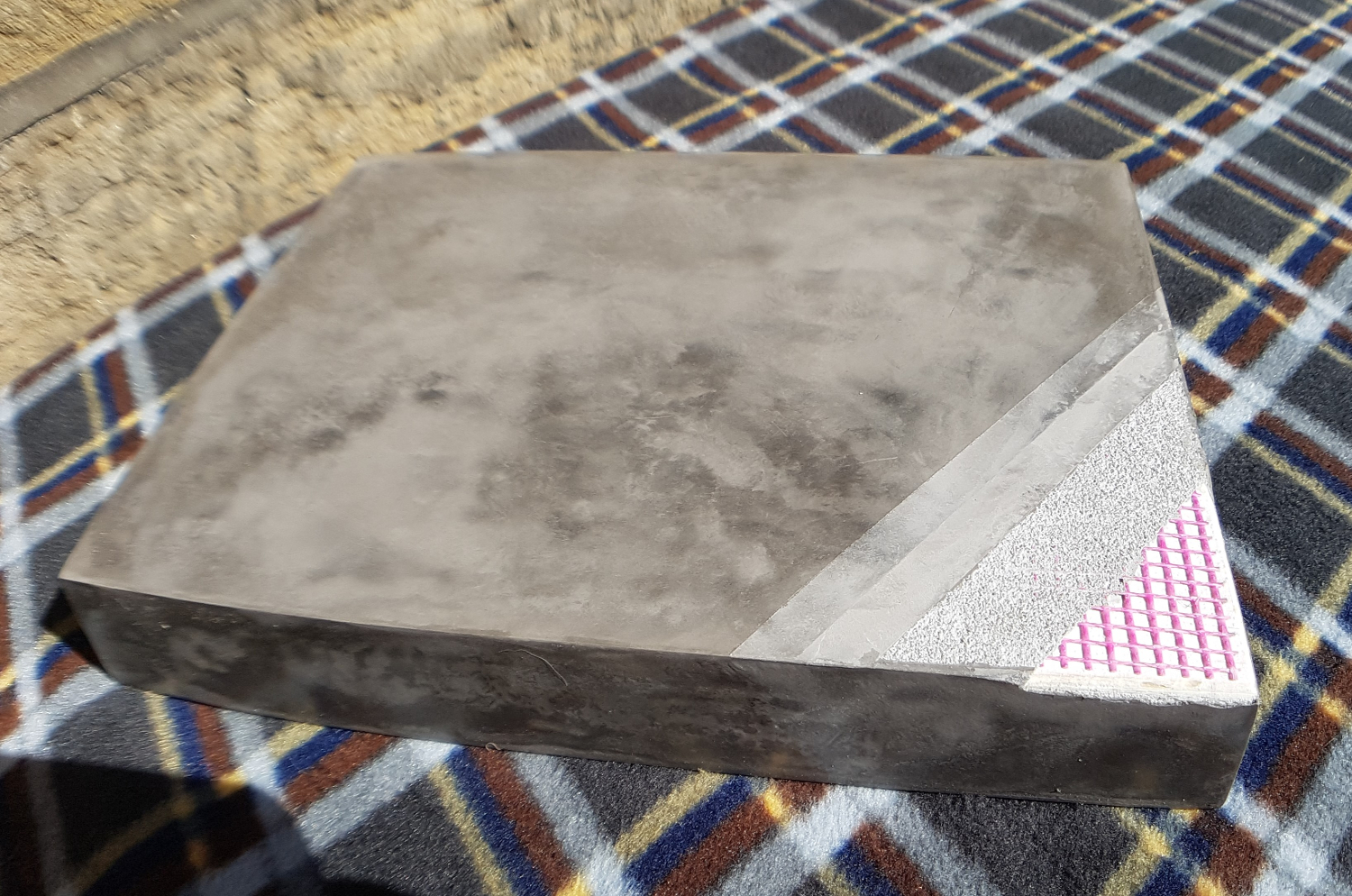
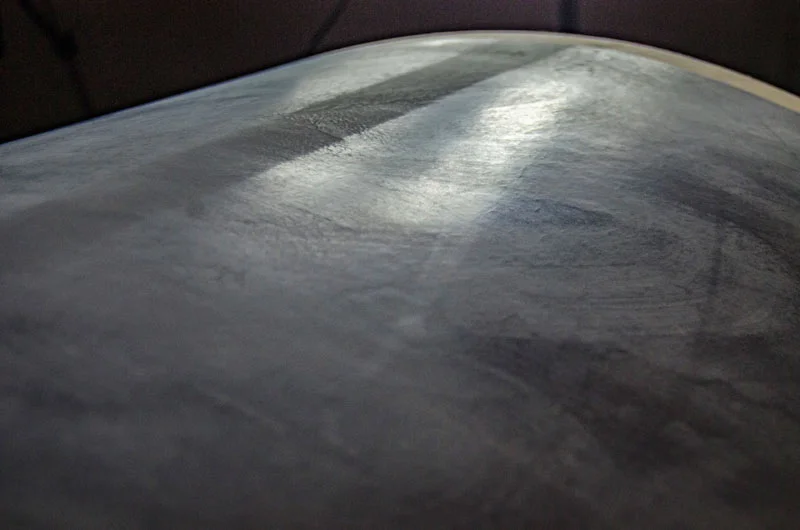

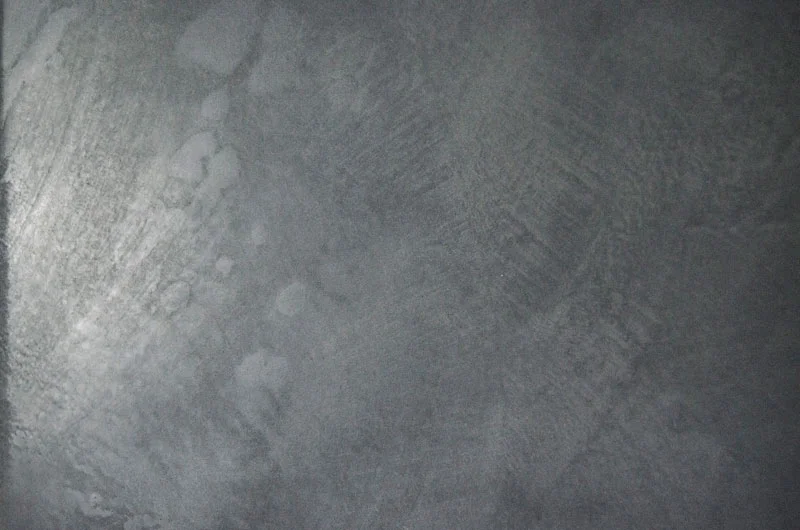
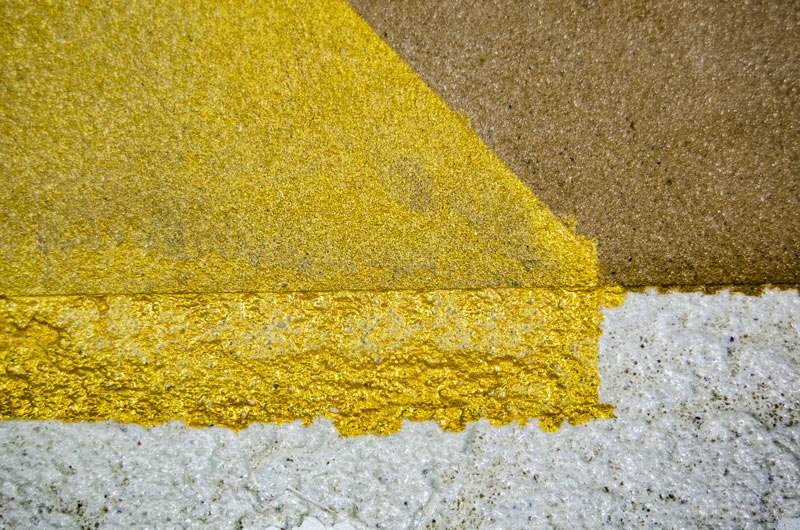
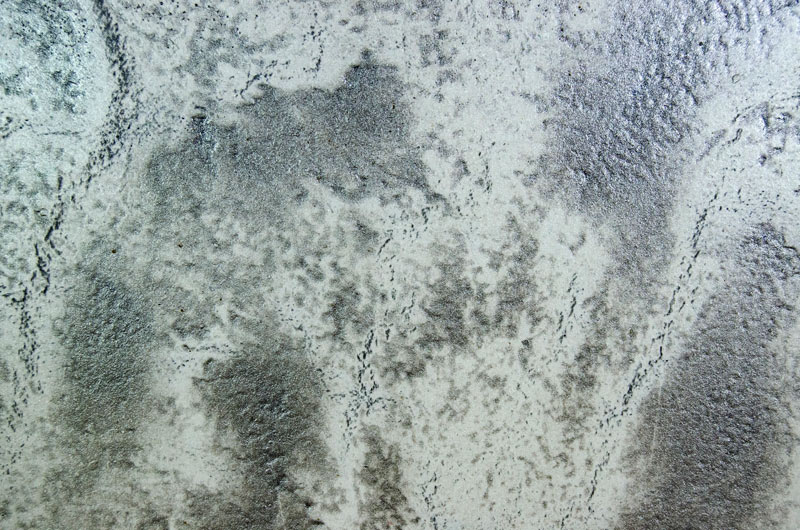
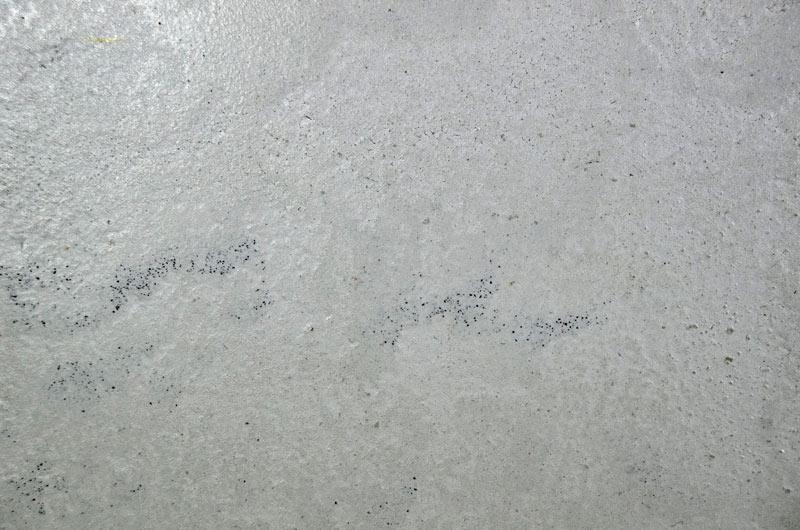
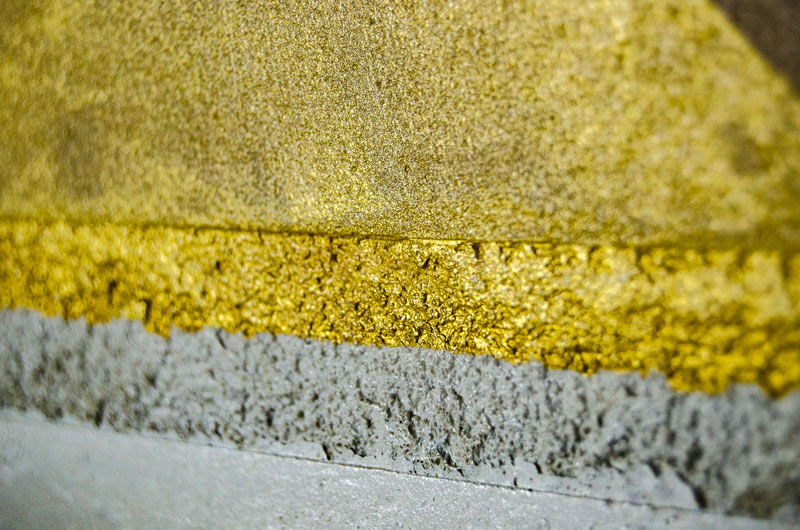


Art & Stencil Work
Art & Stencil Work
Stencil work can be used when a bespoke requirement, ranging from logos and lettering to artwork, is needed.
